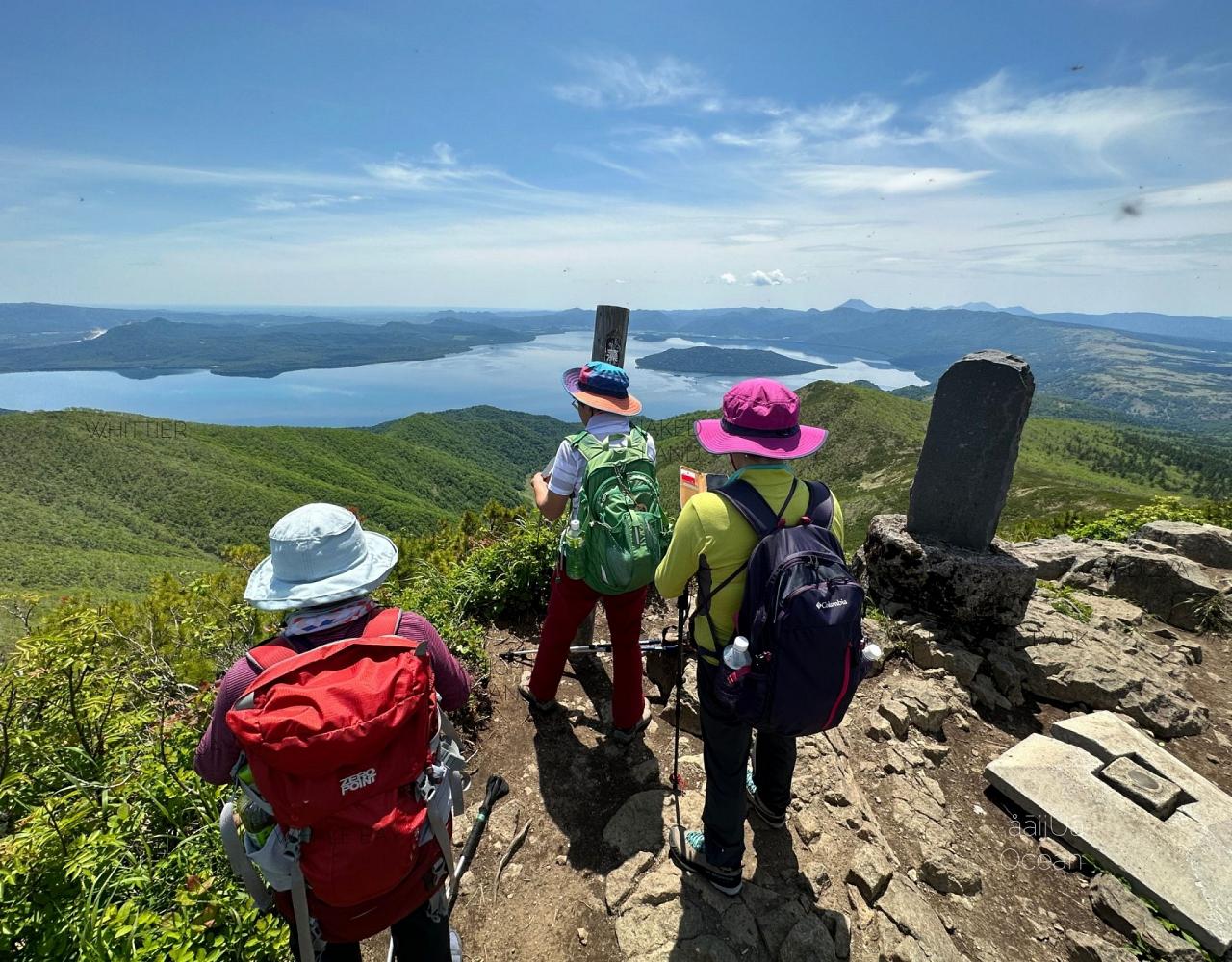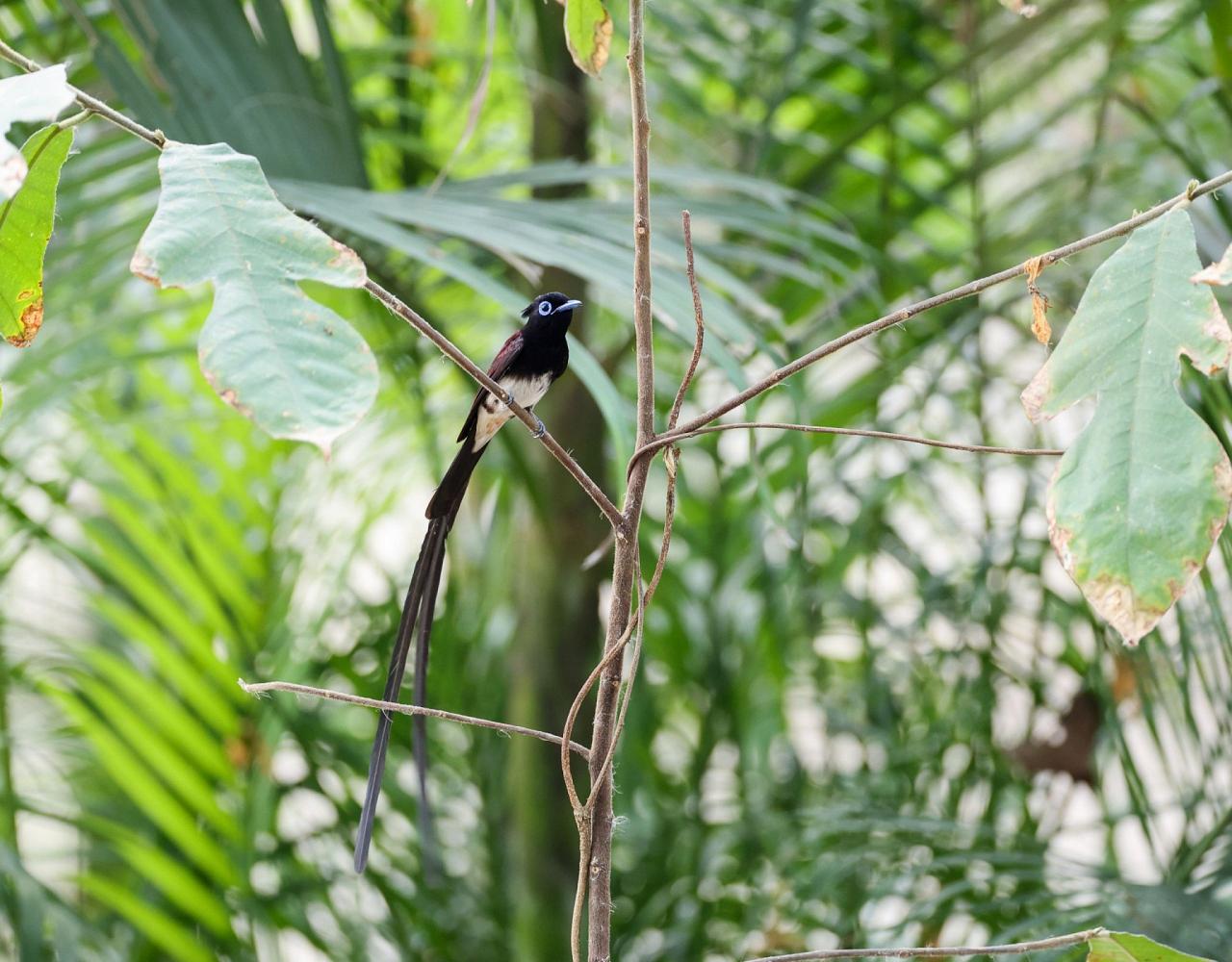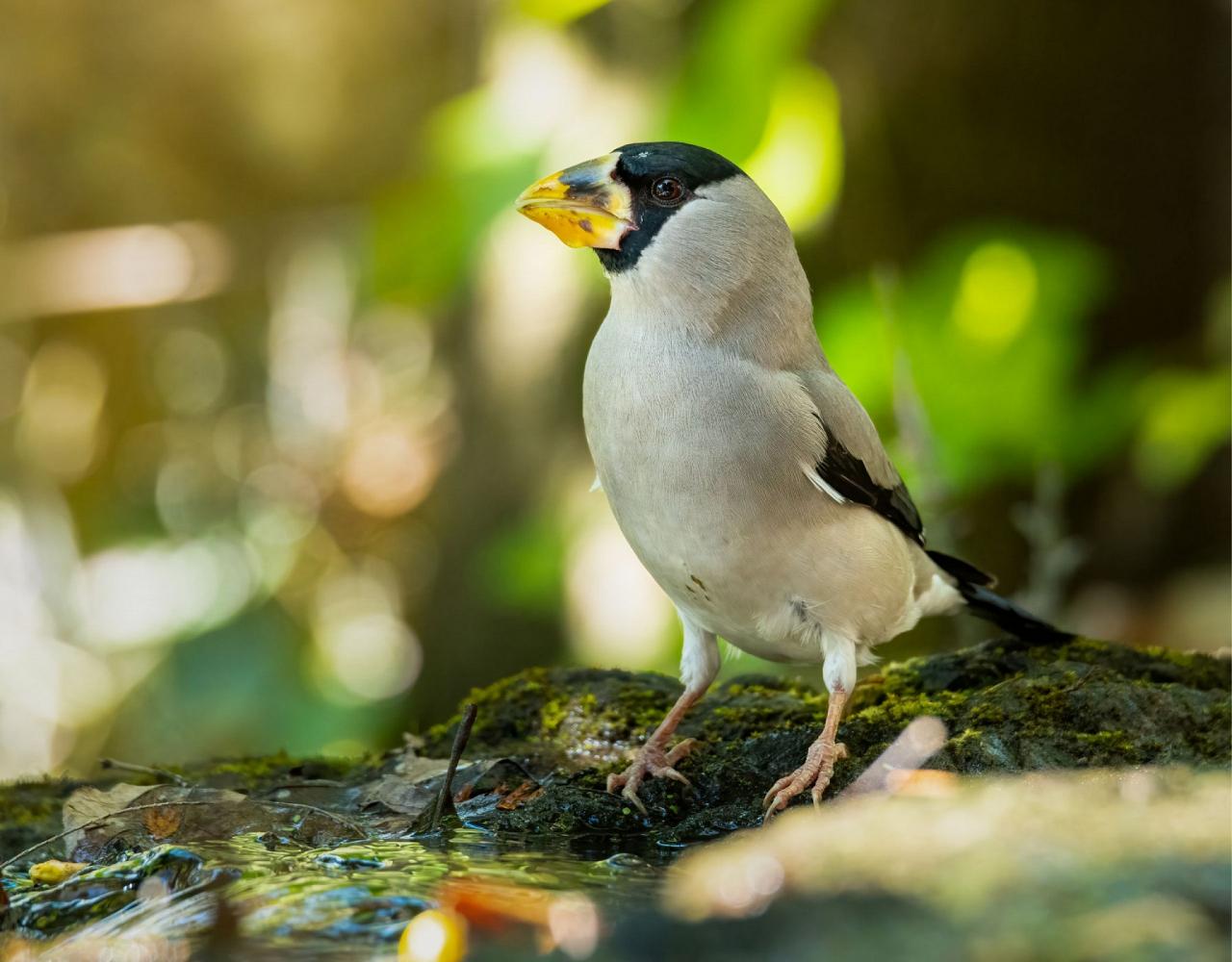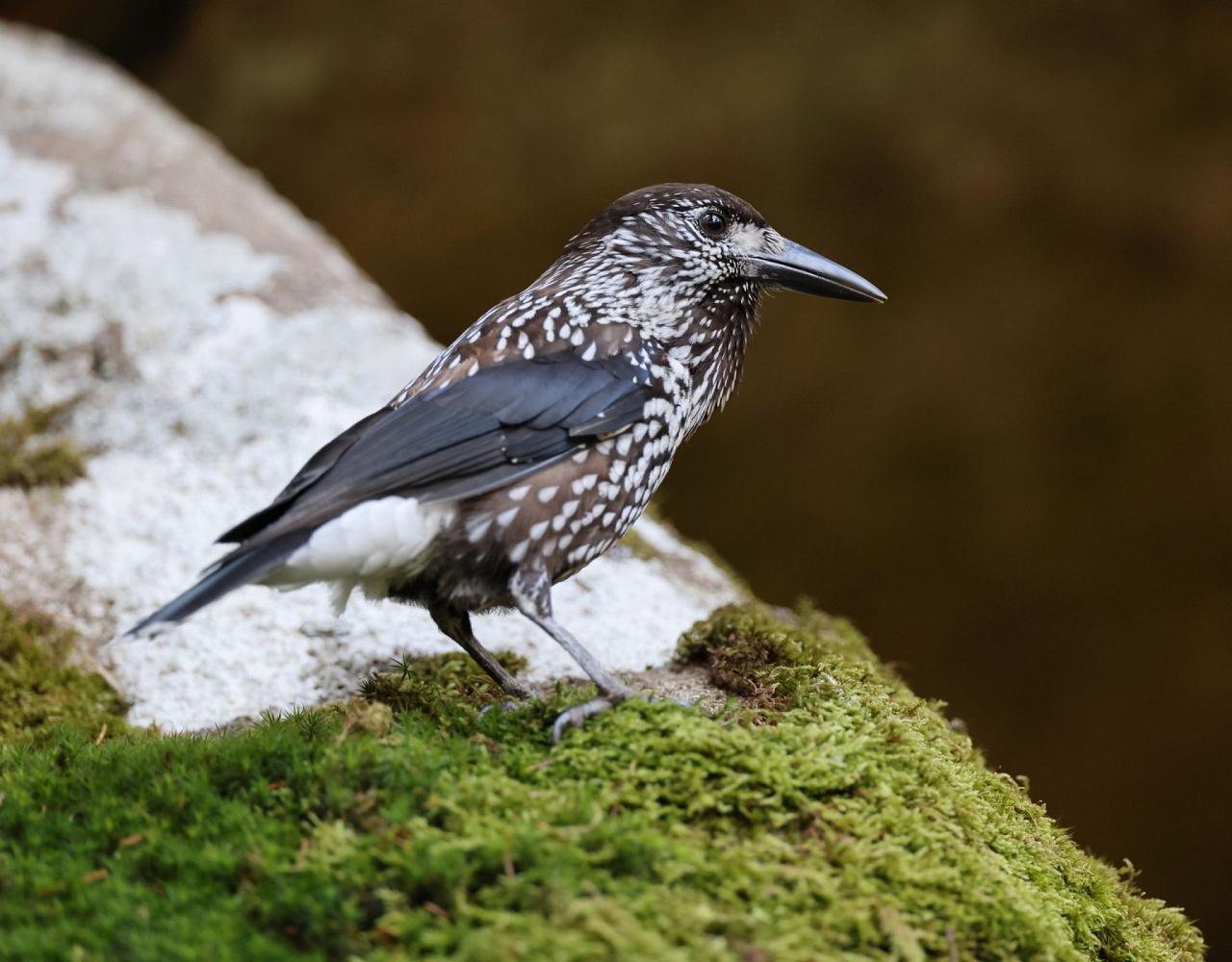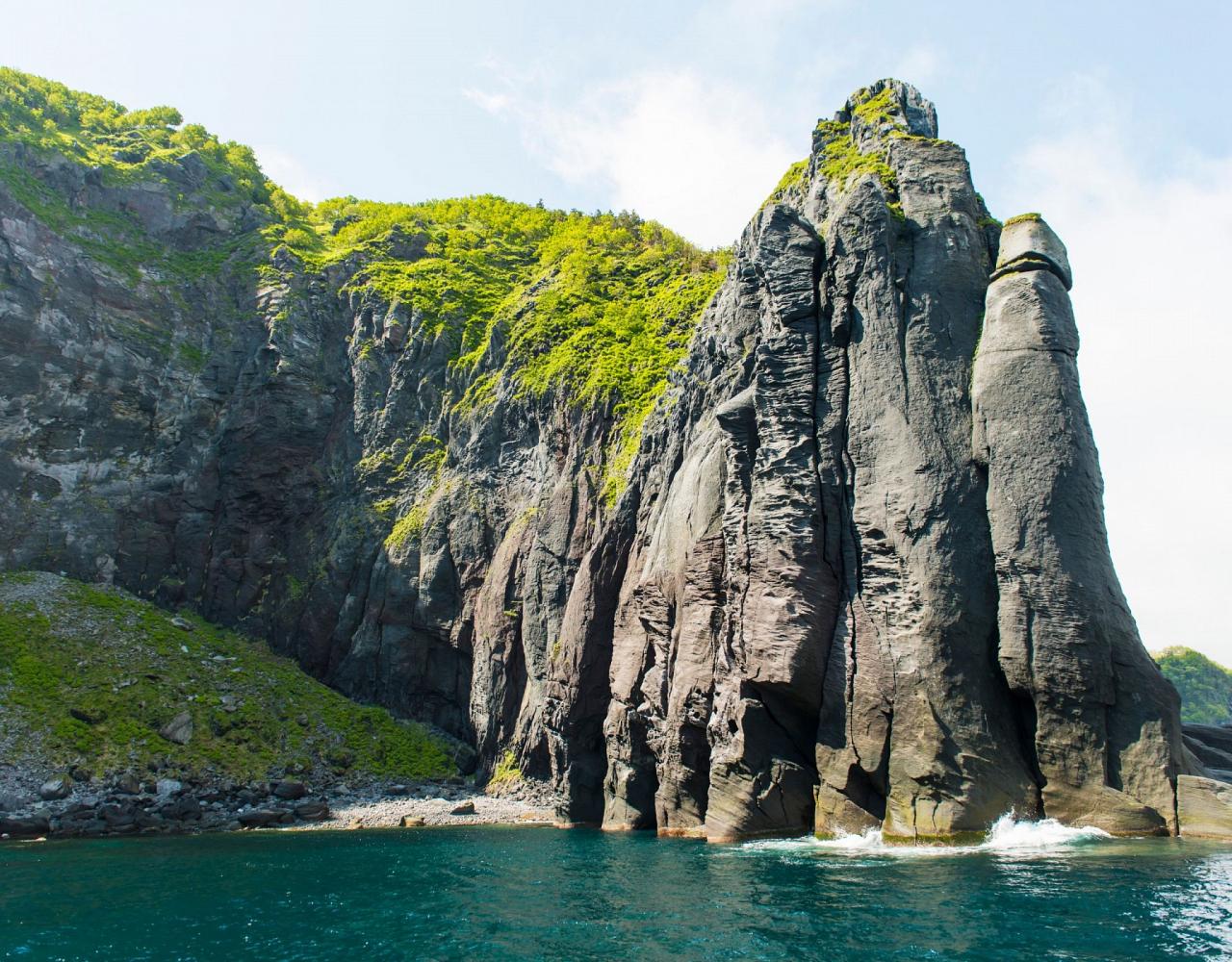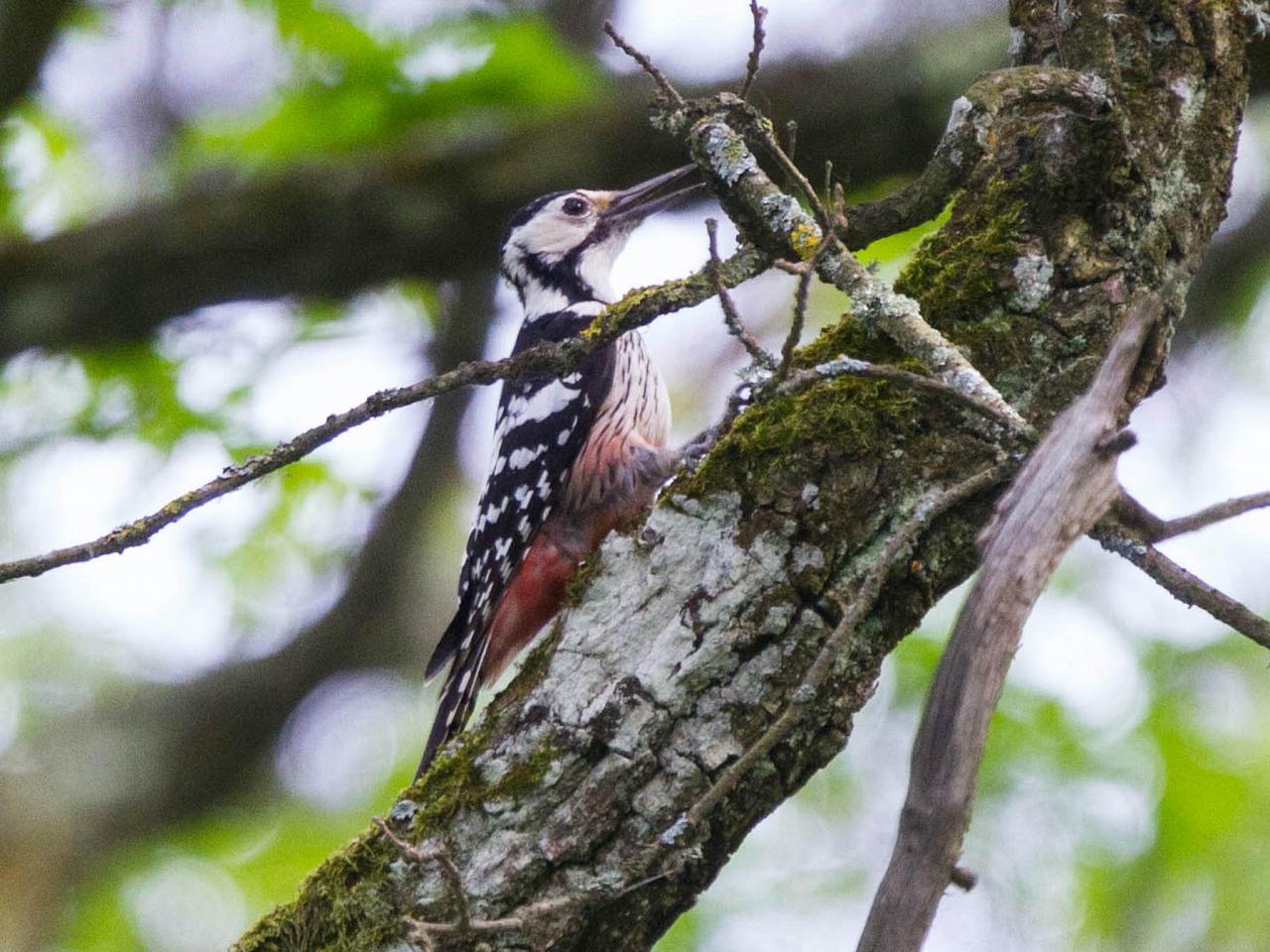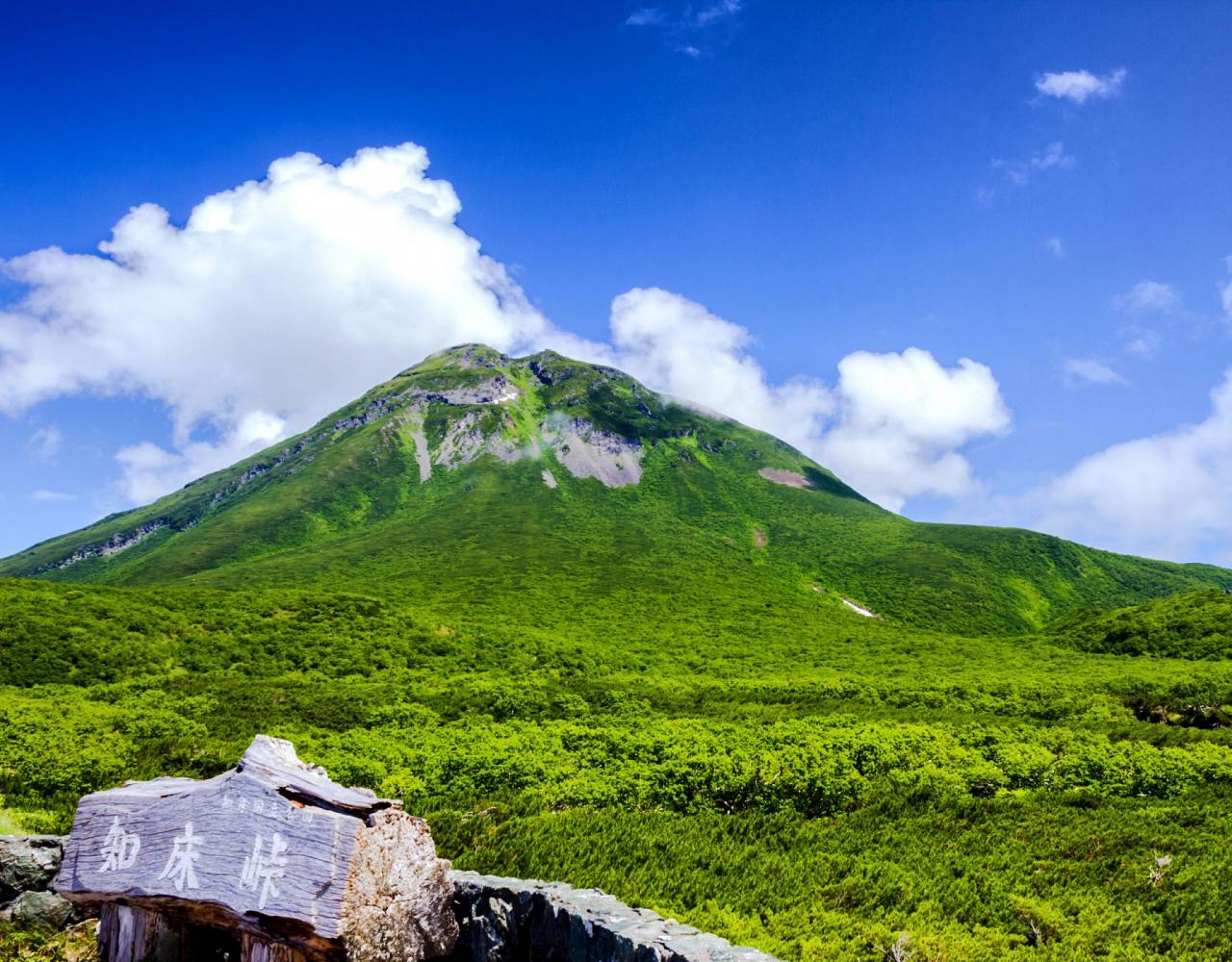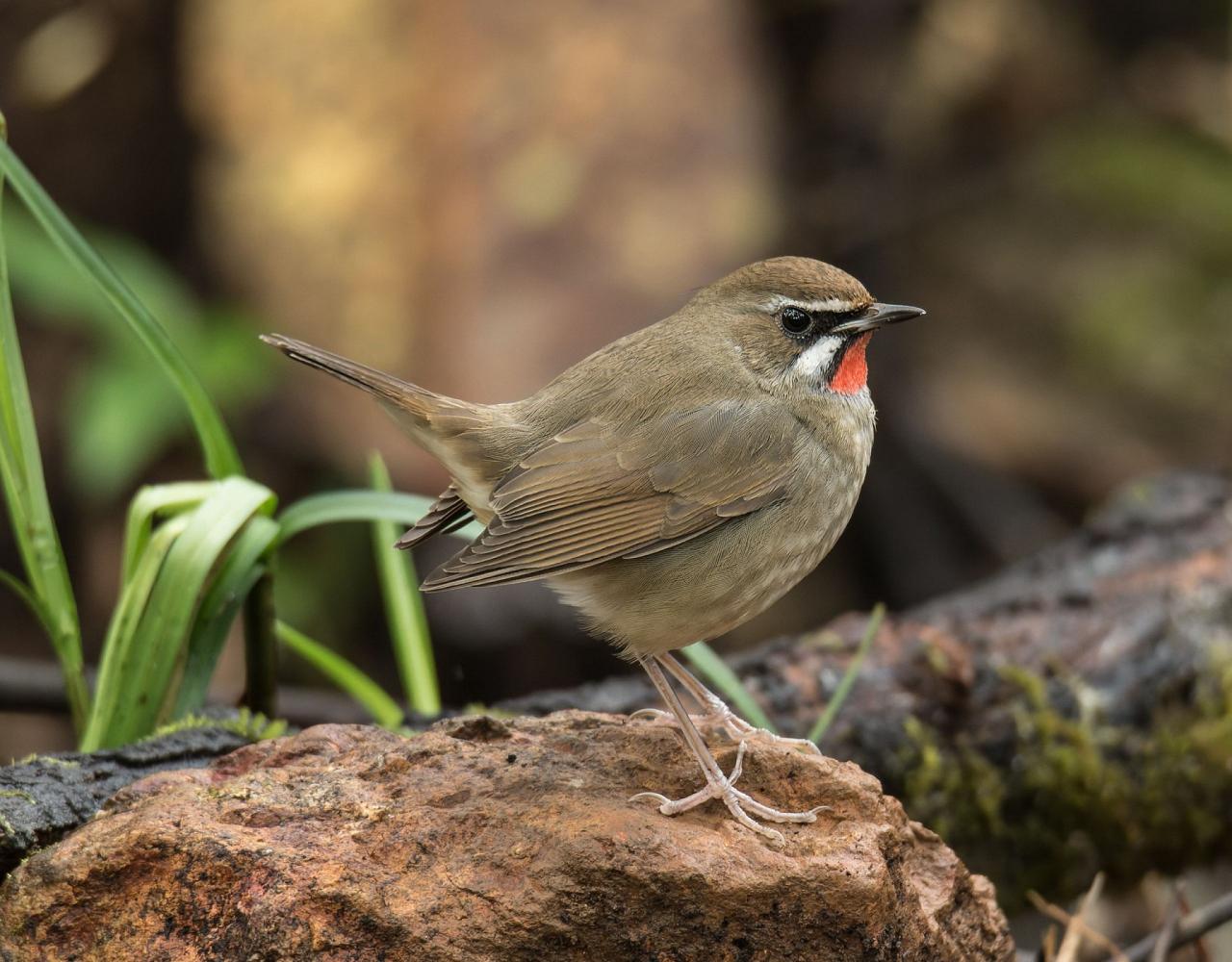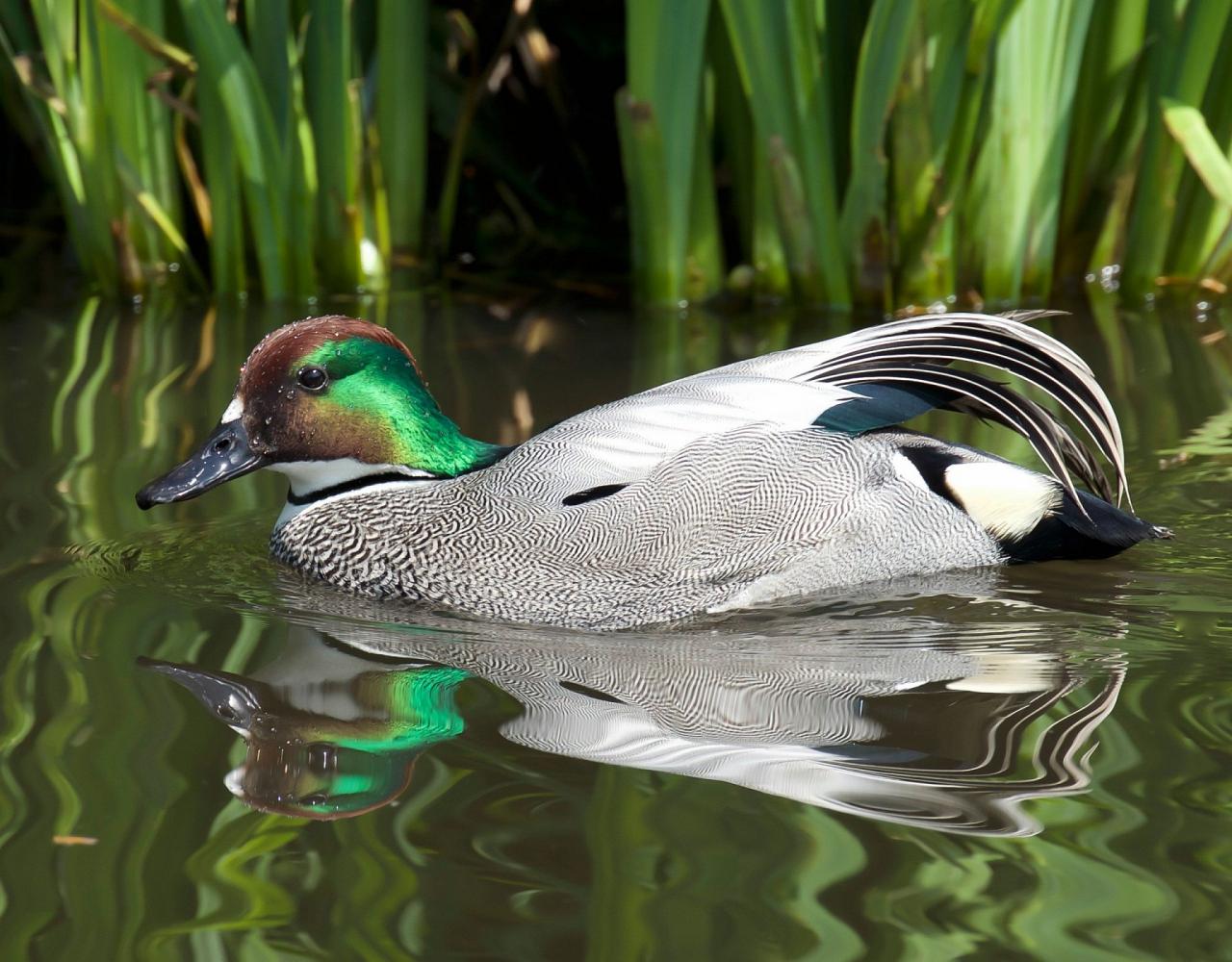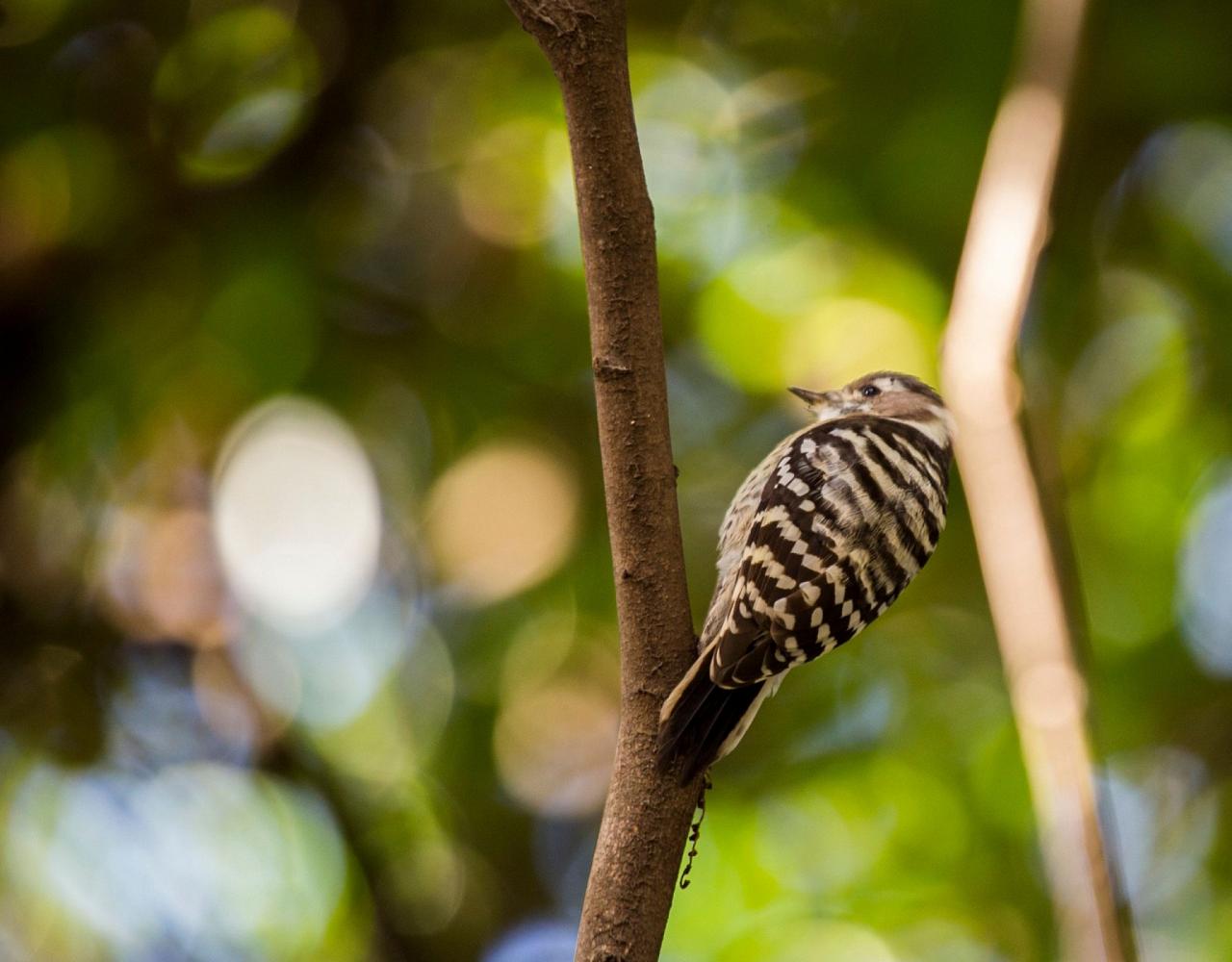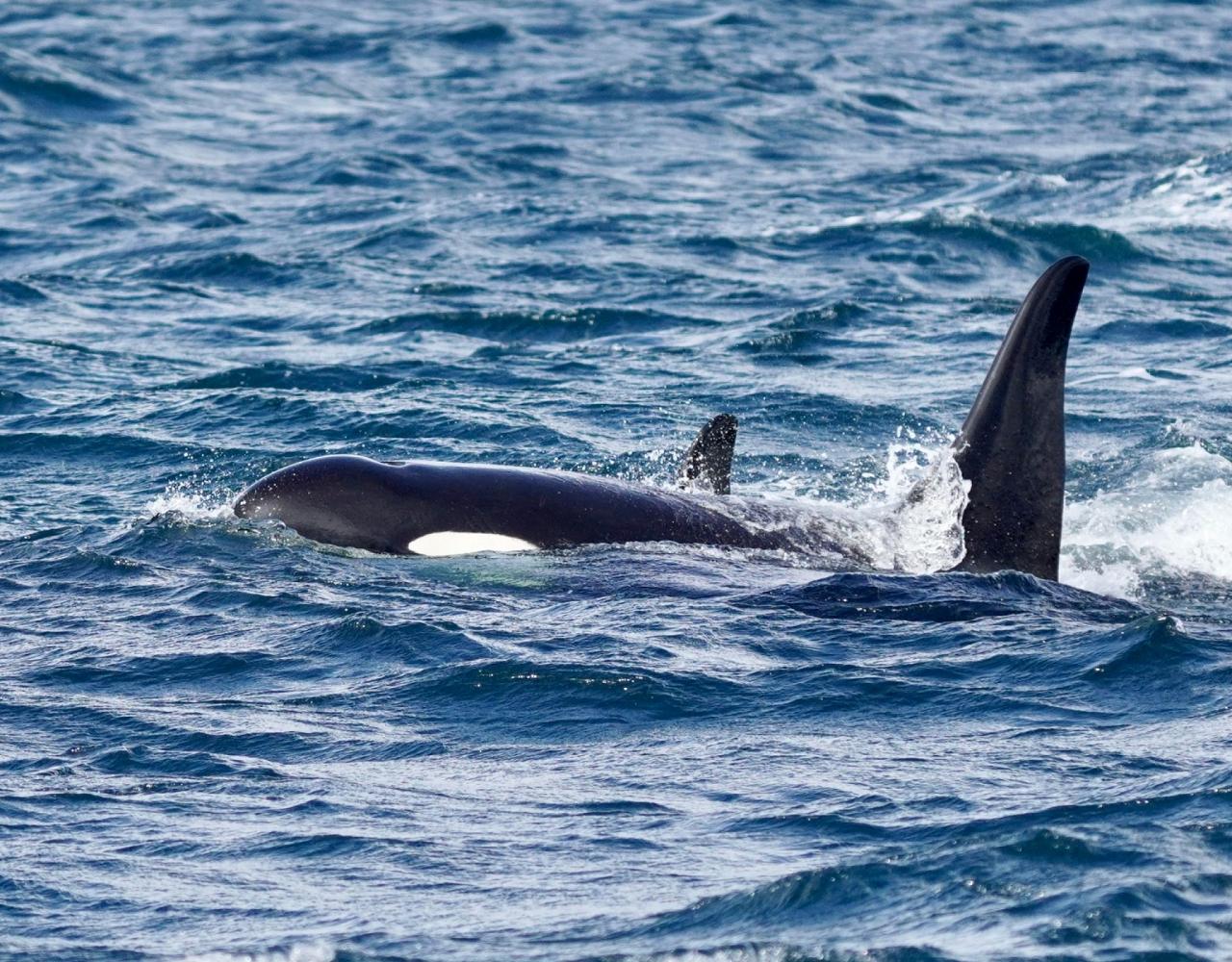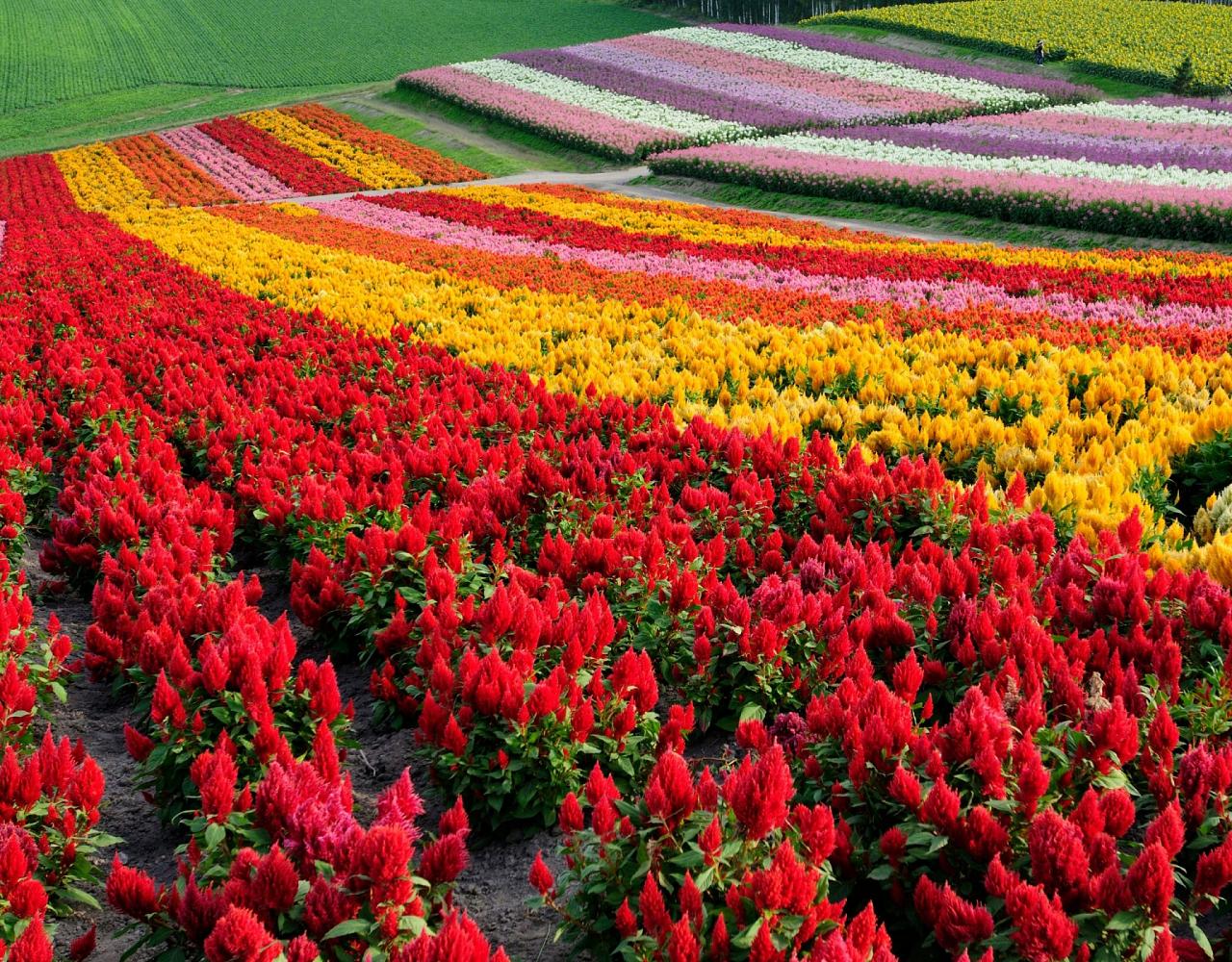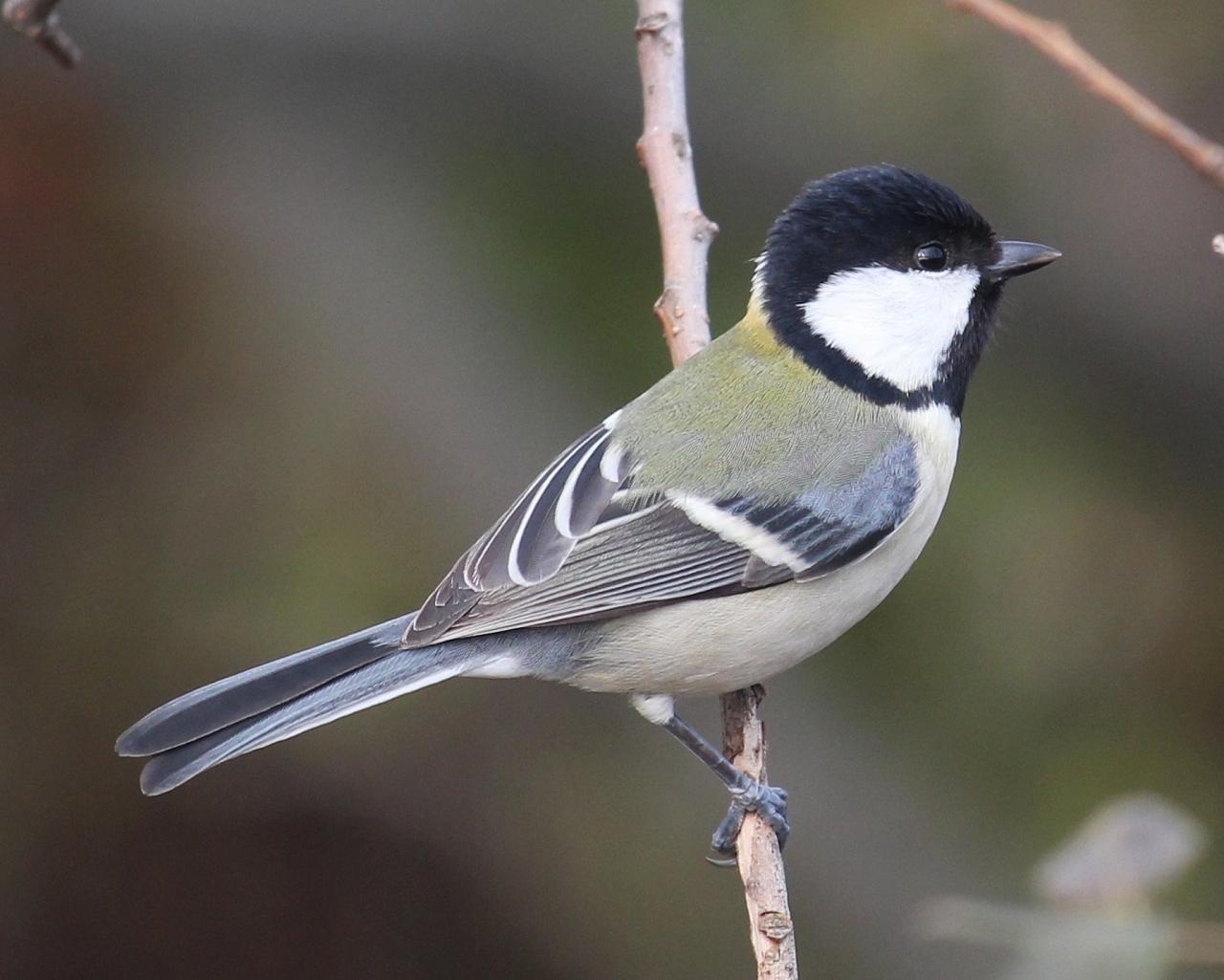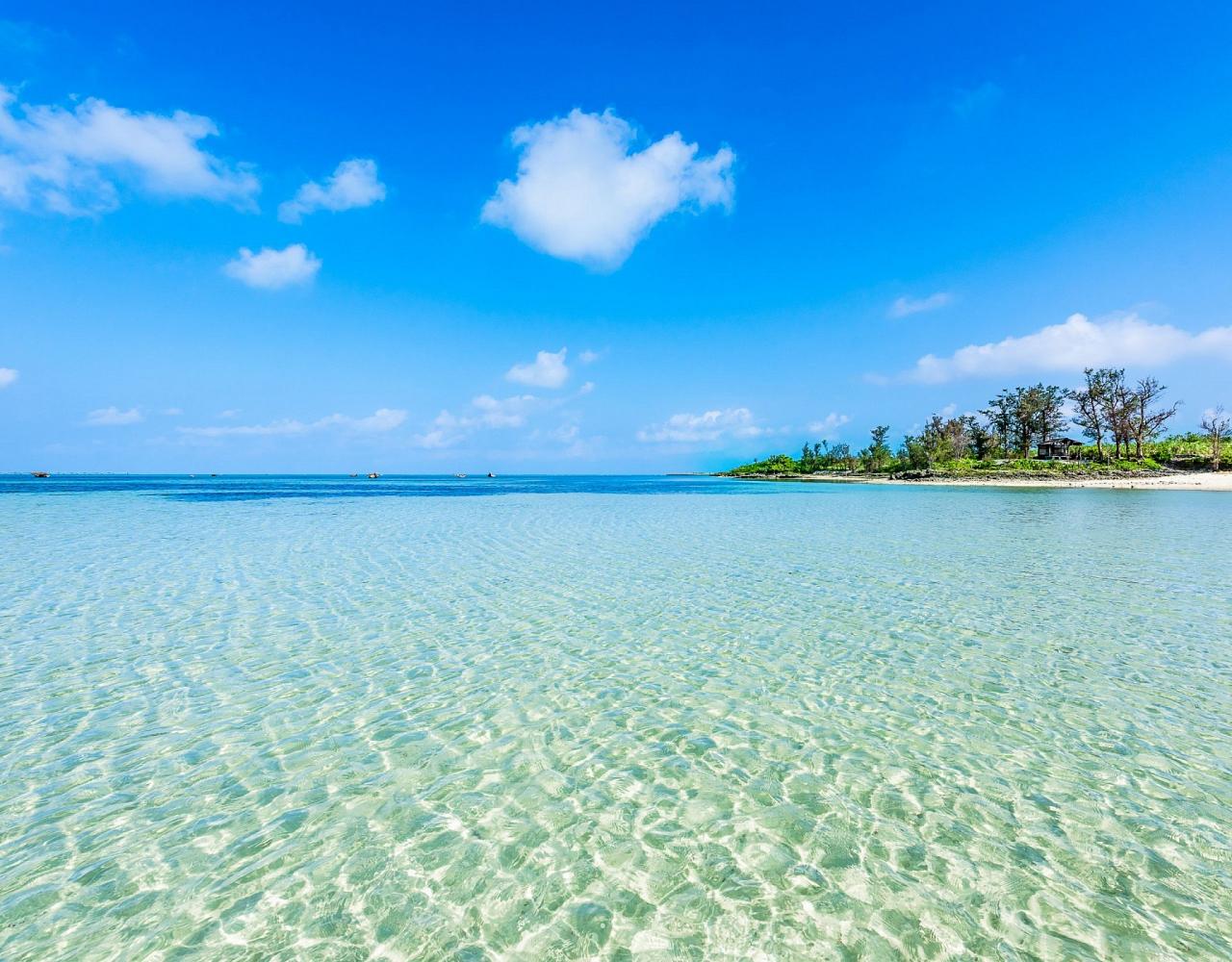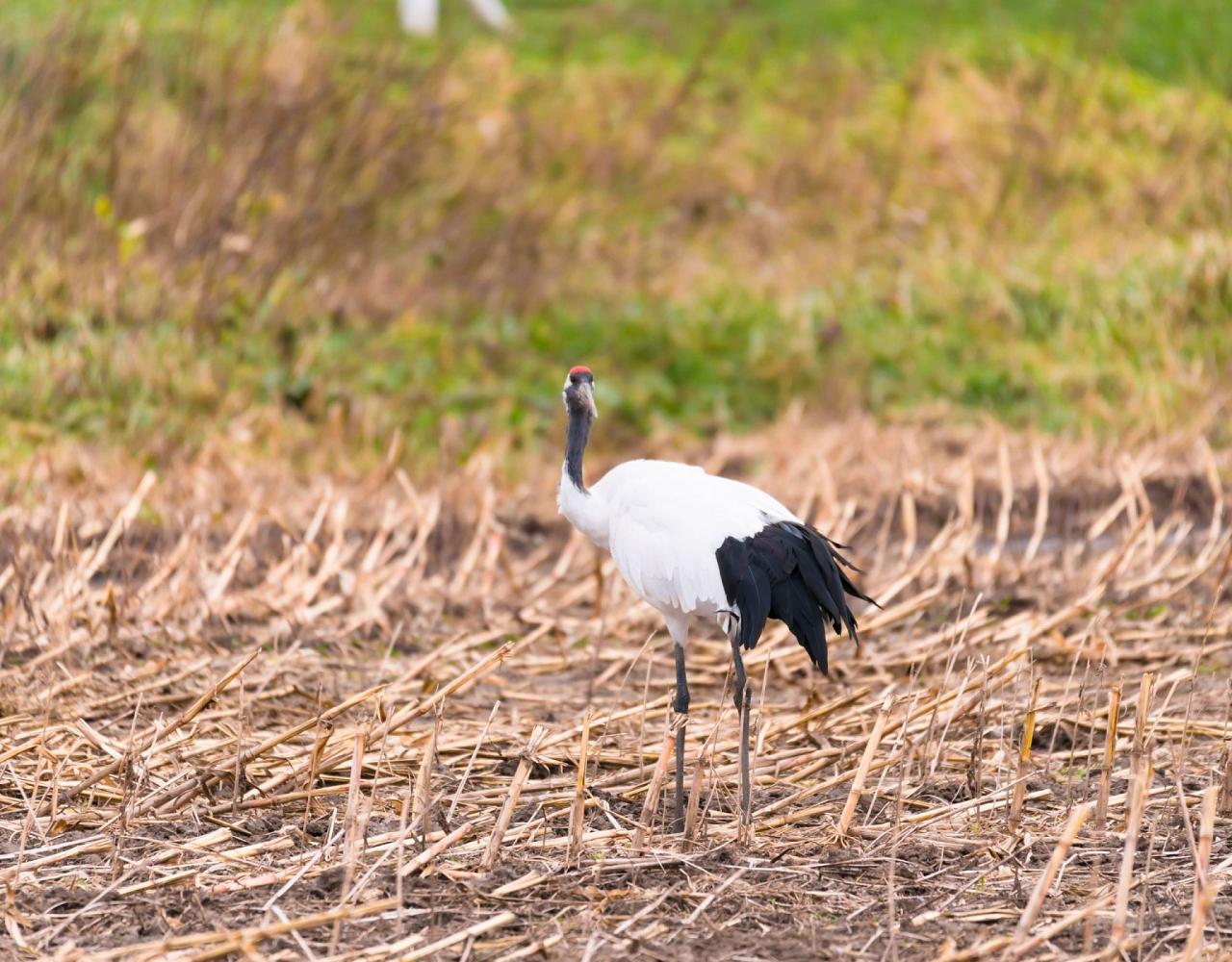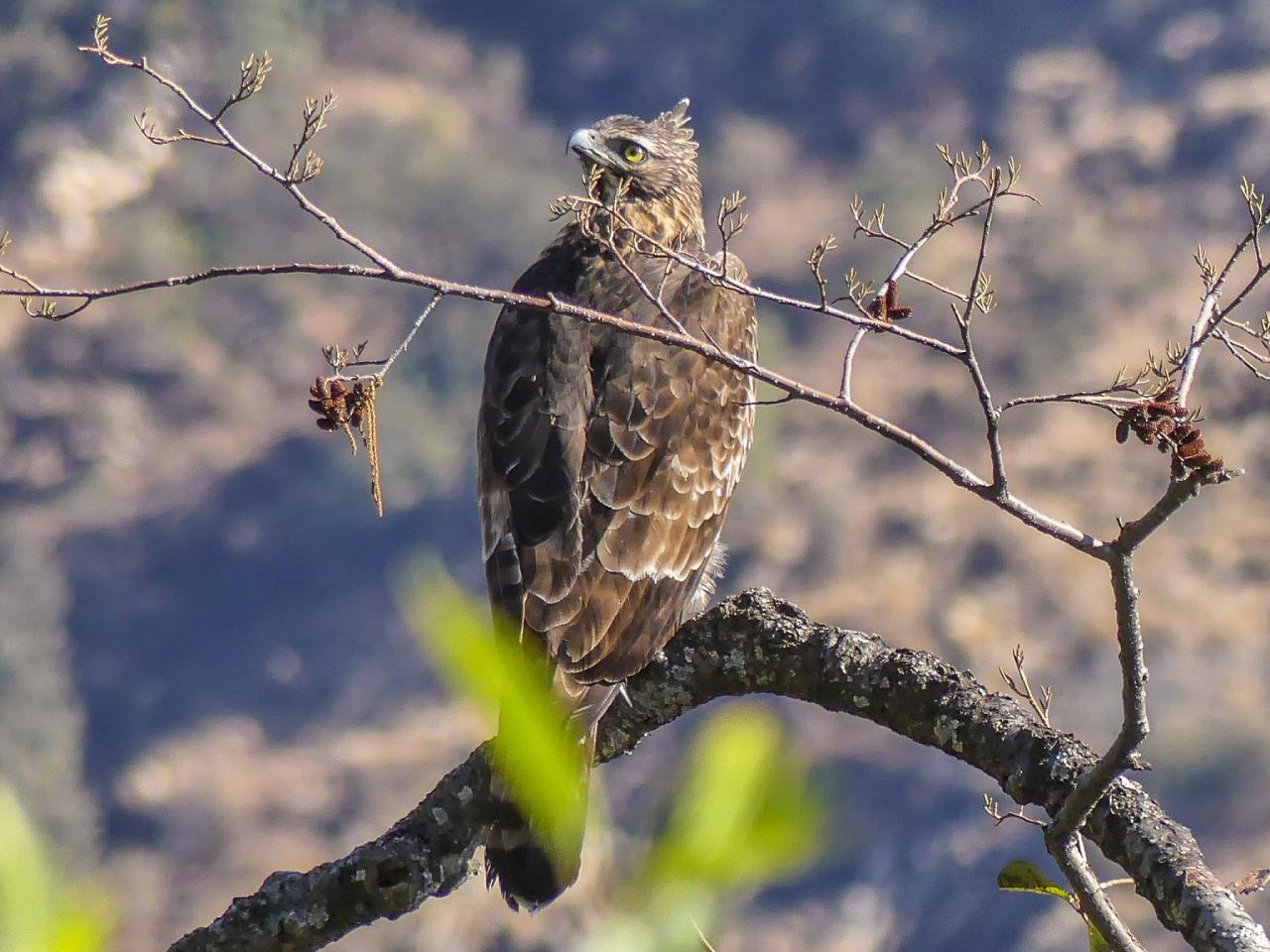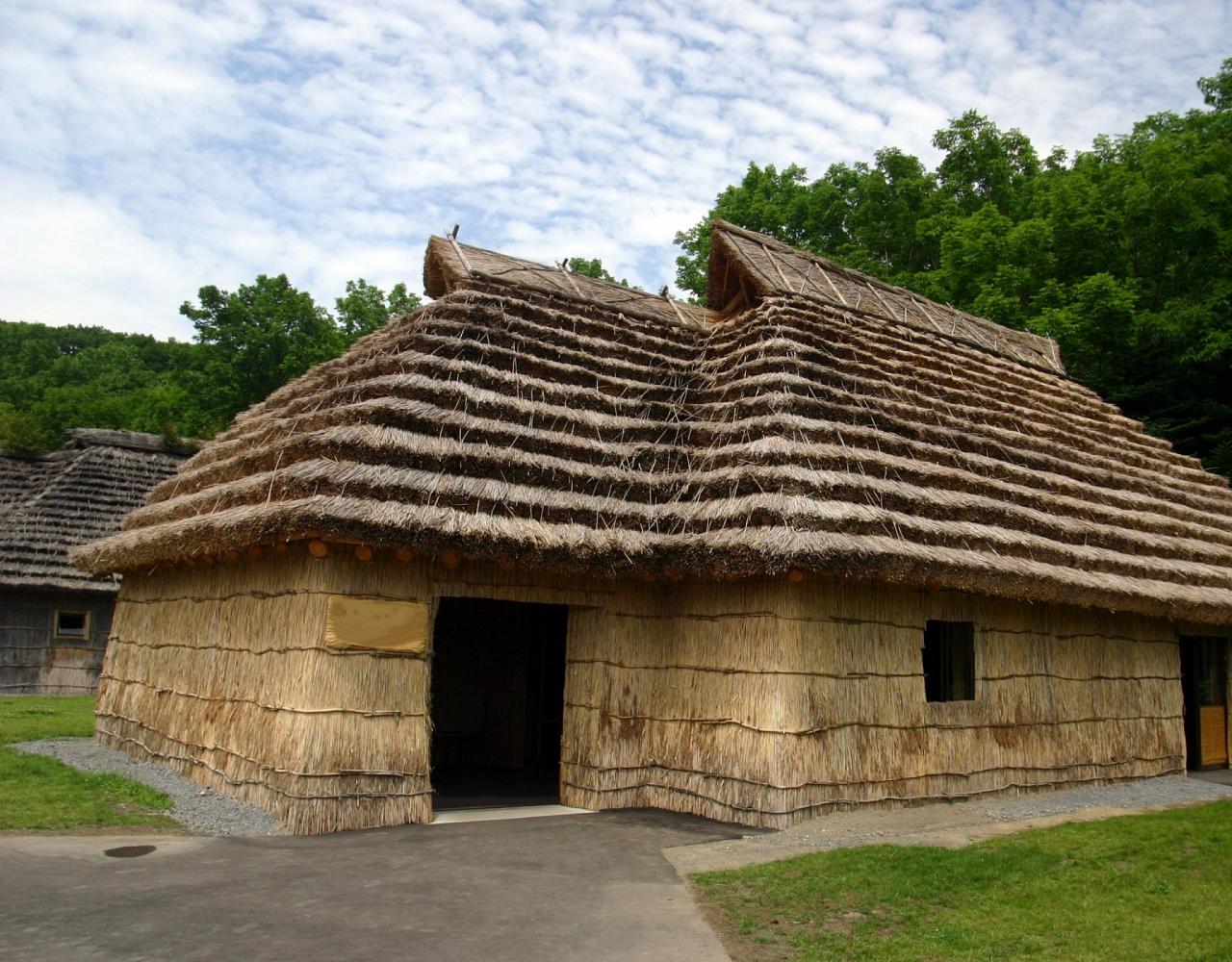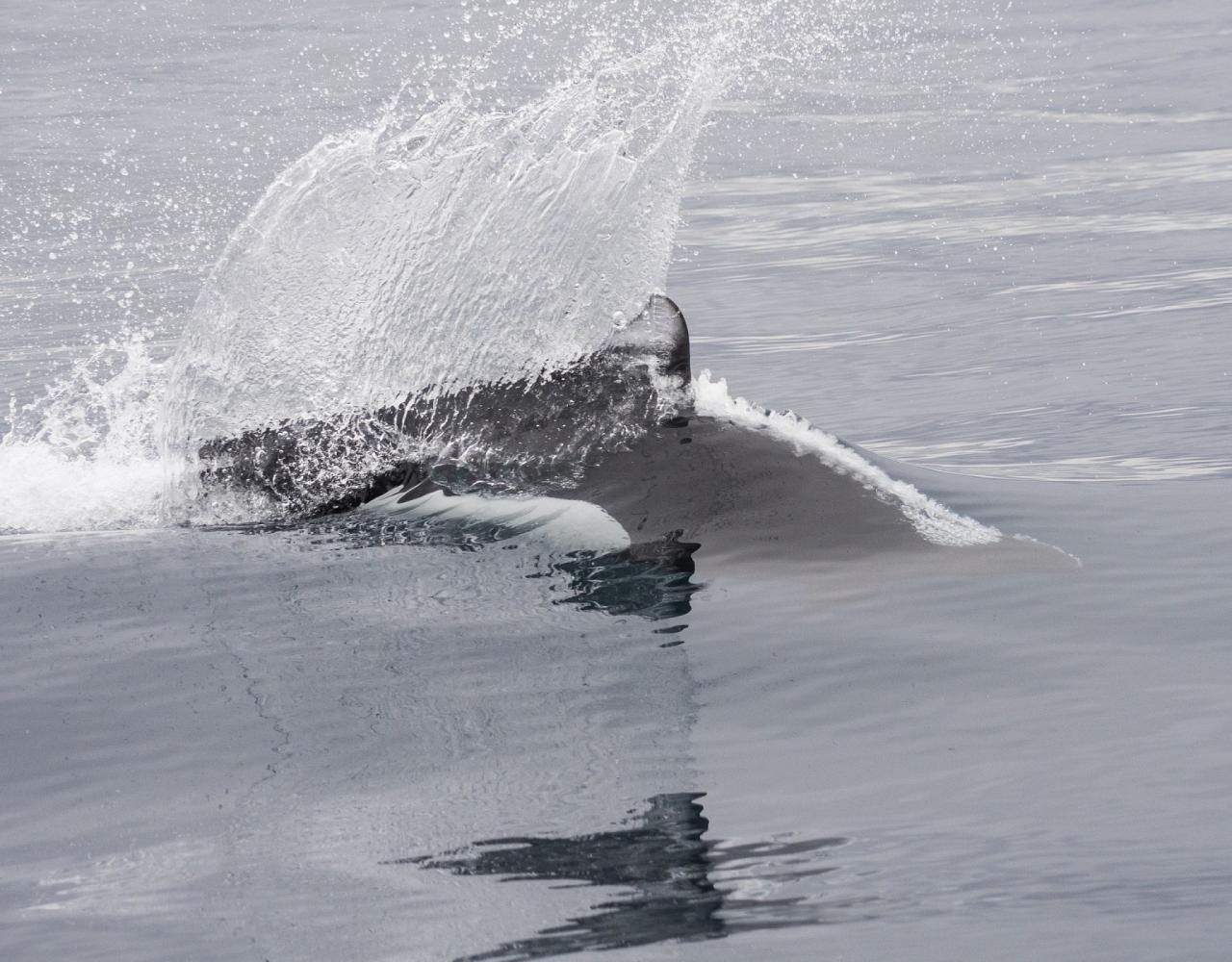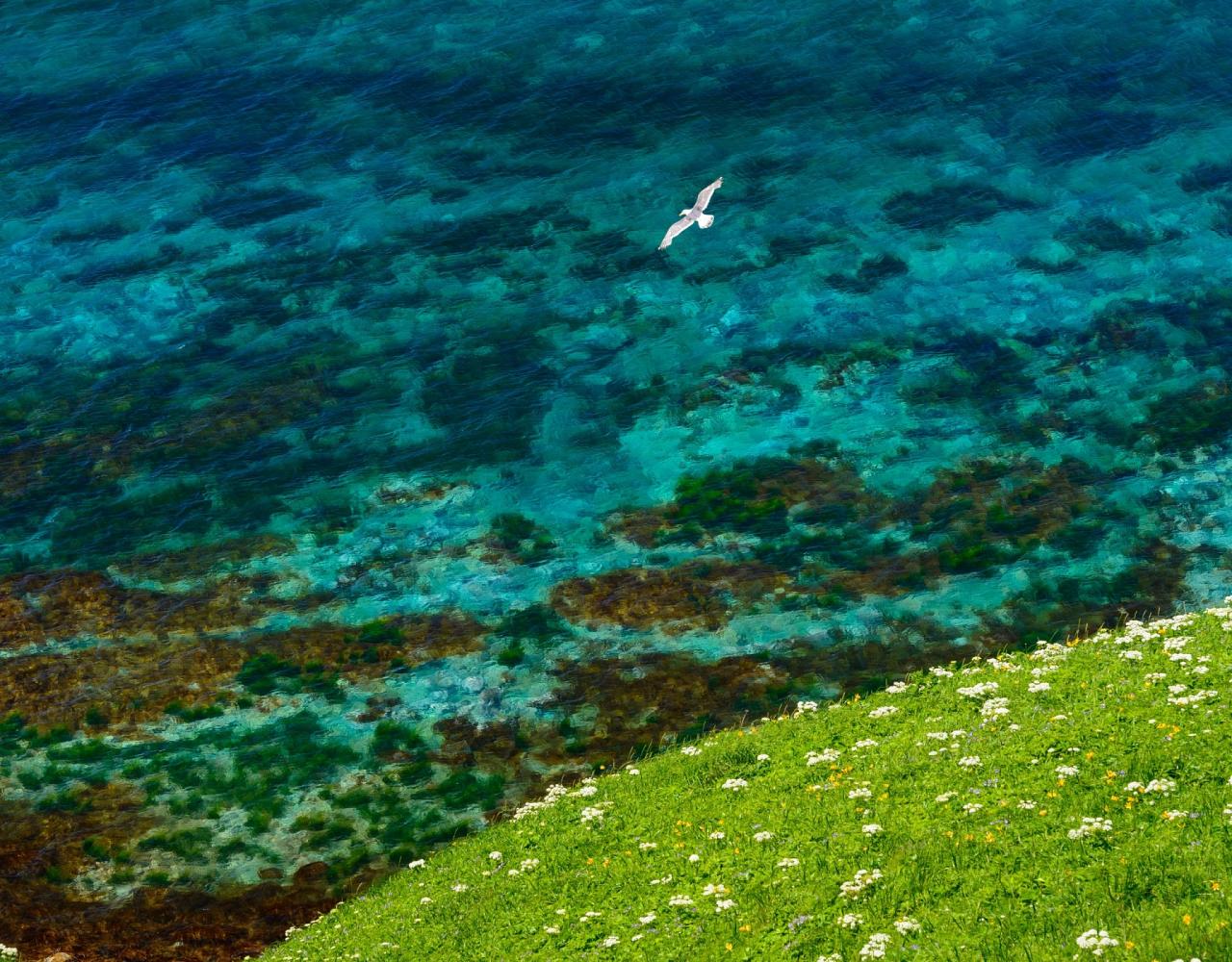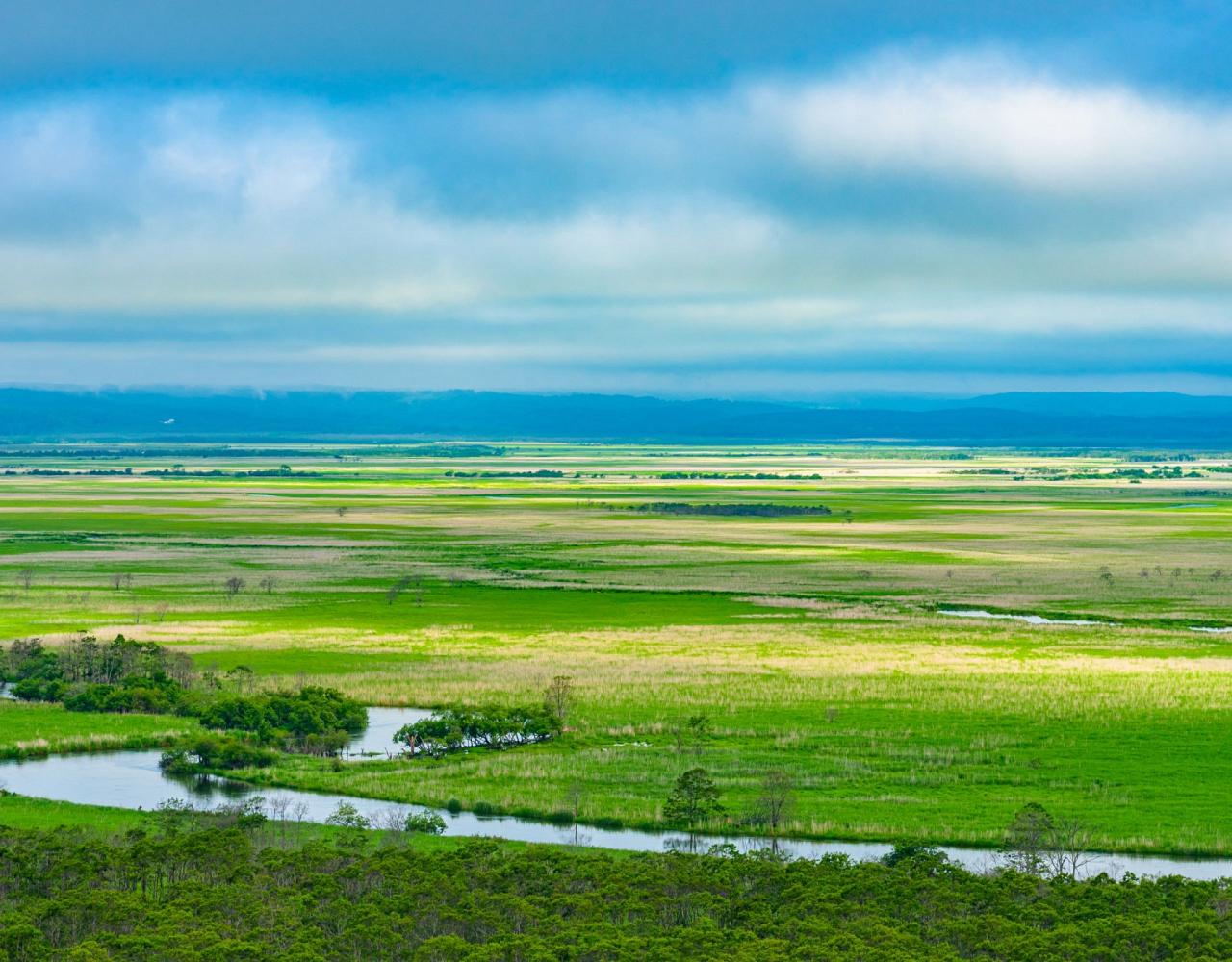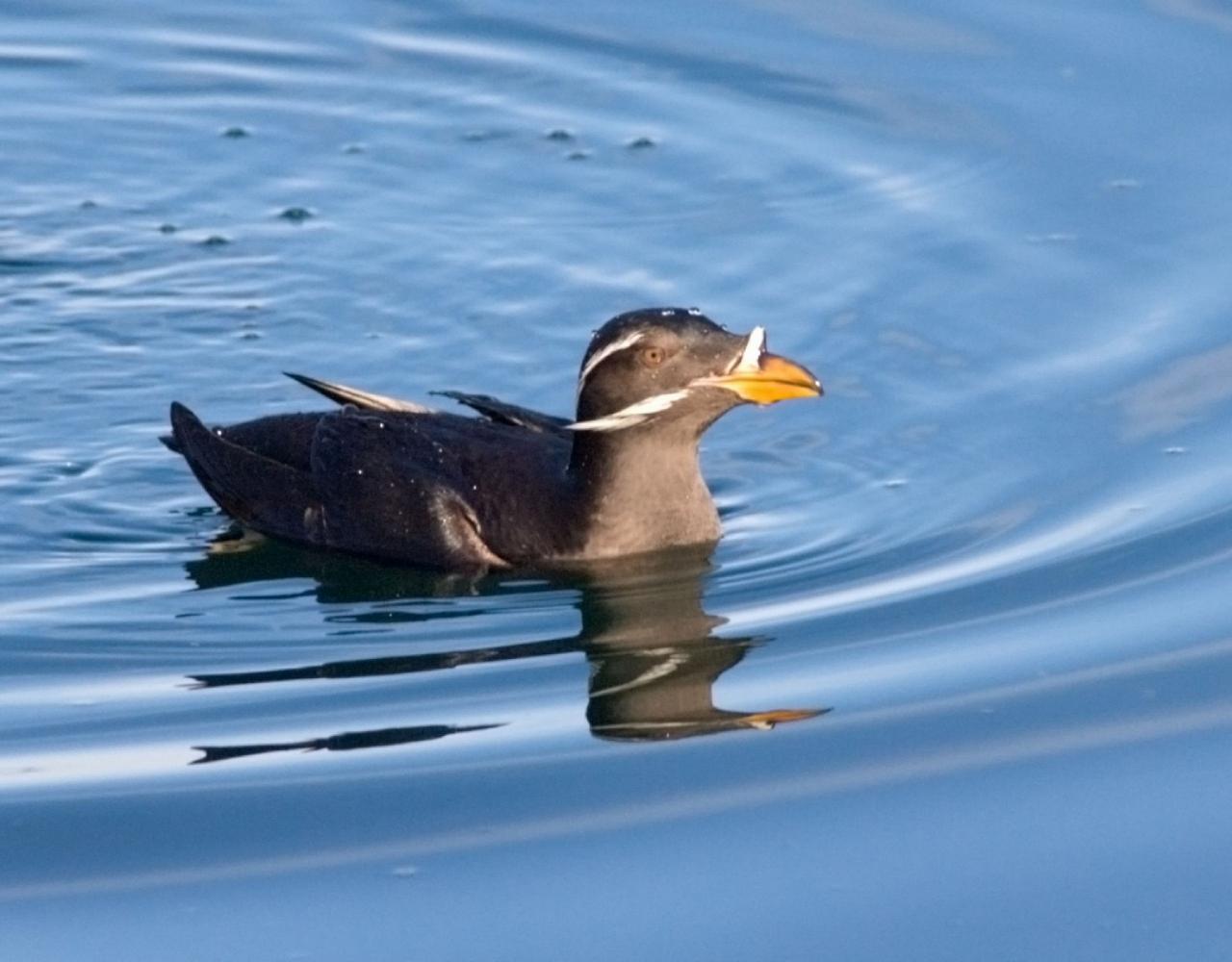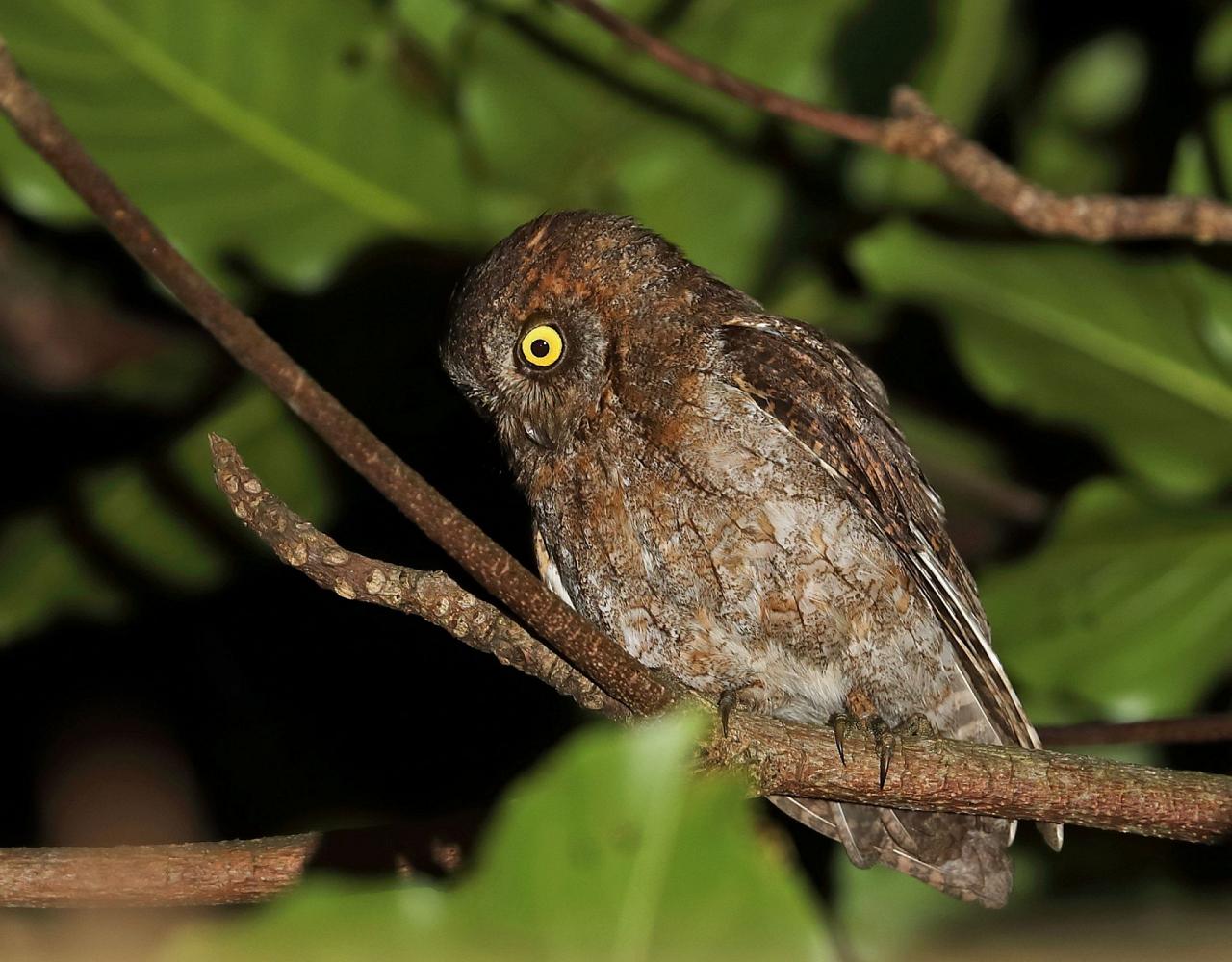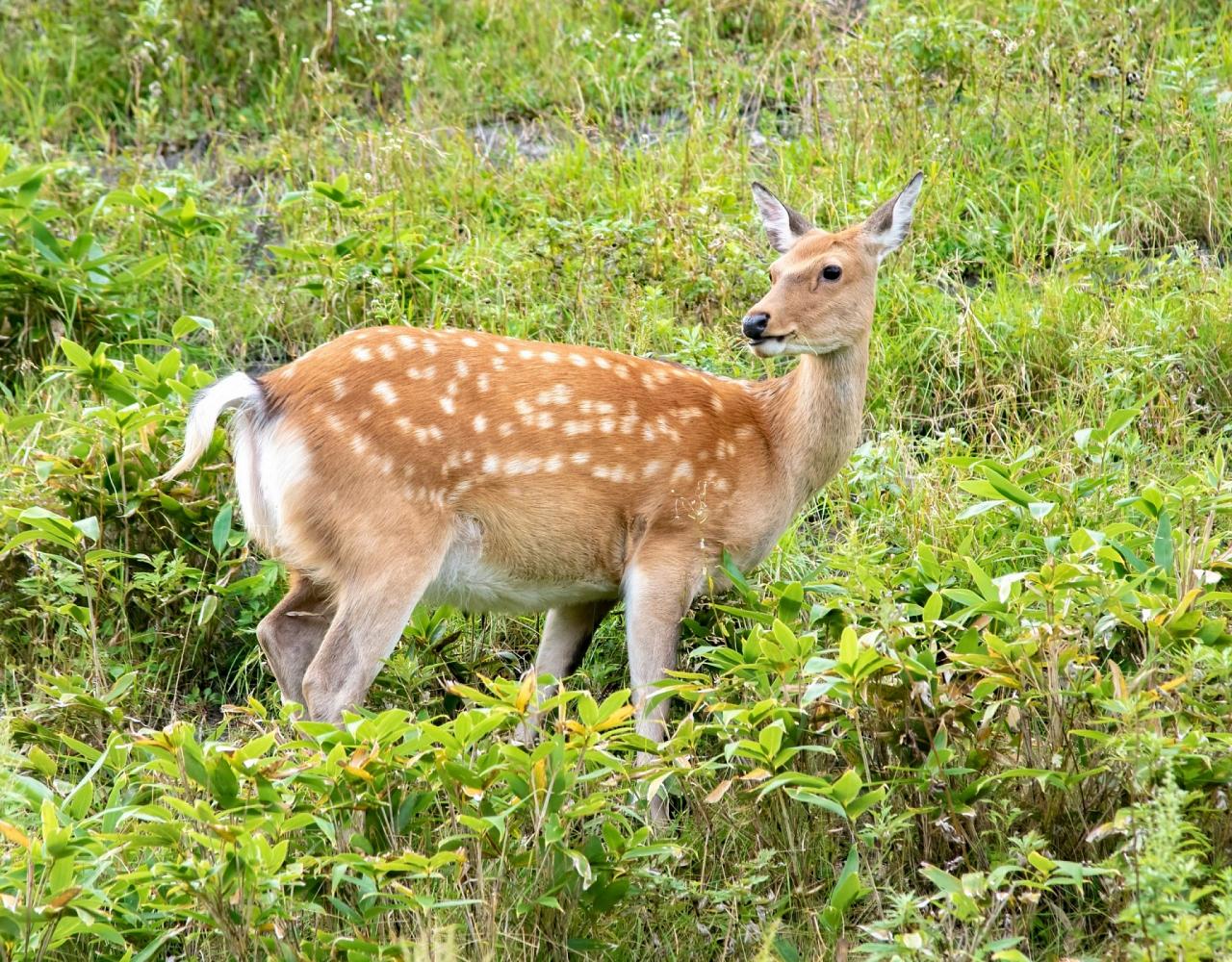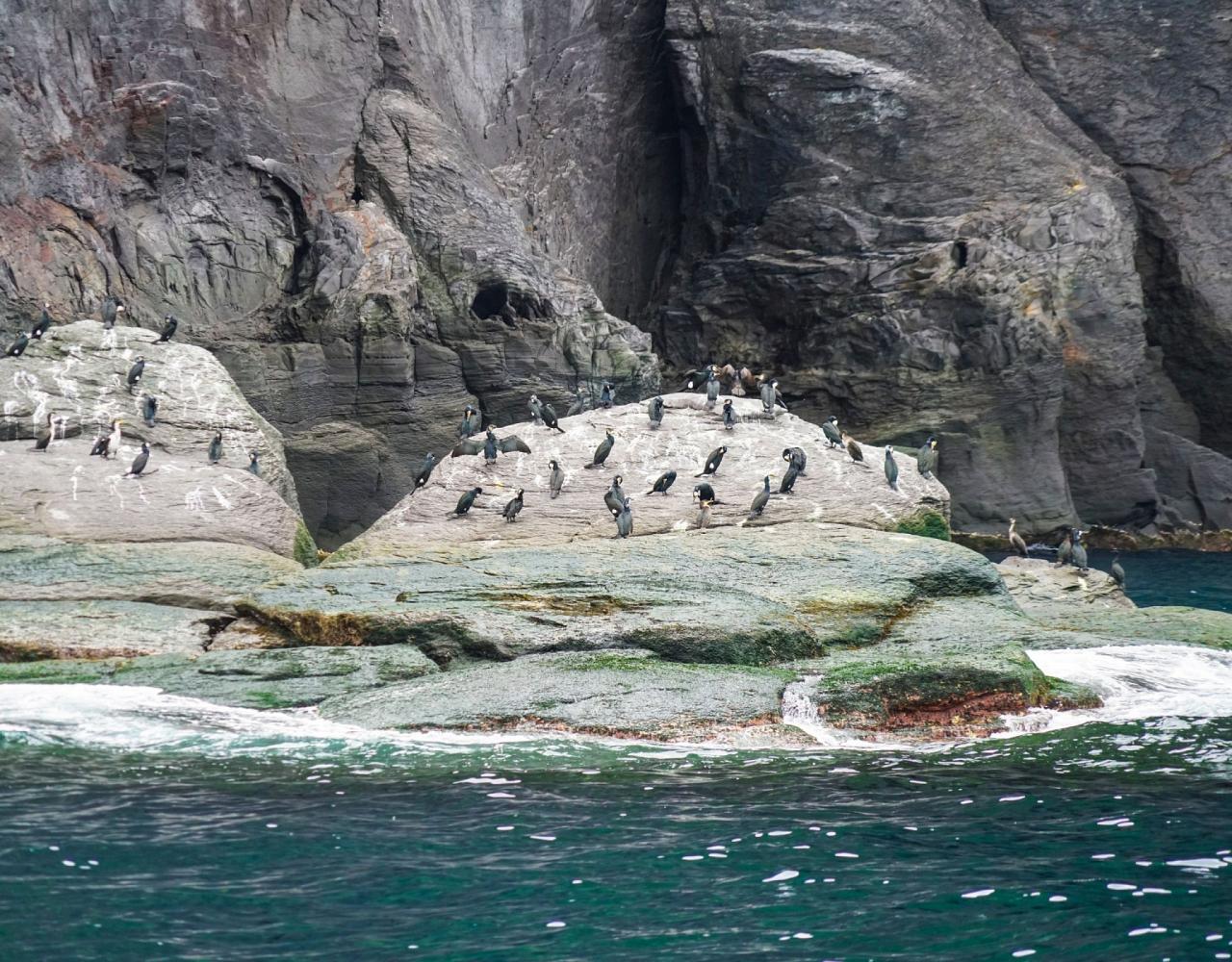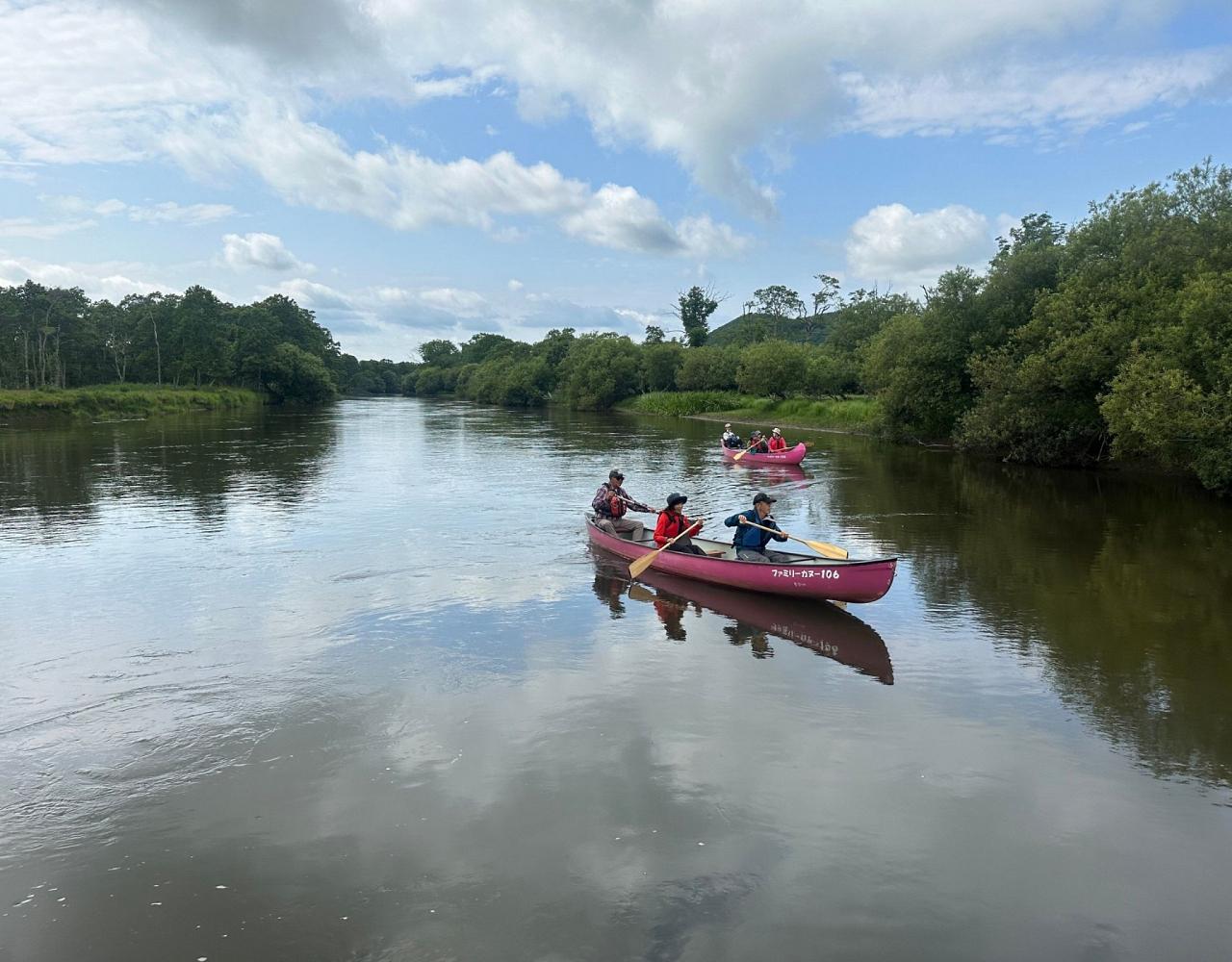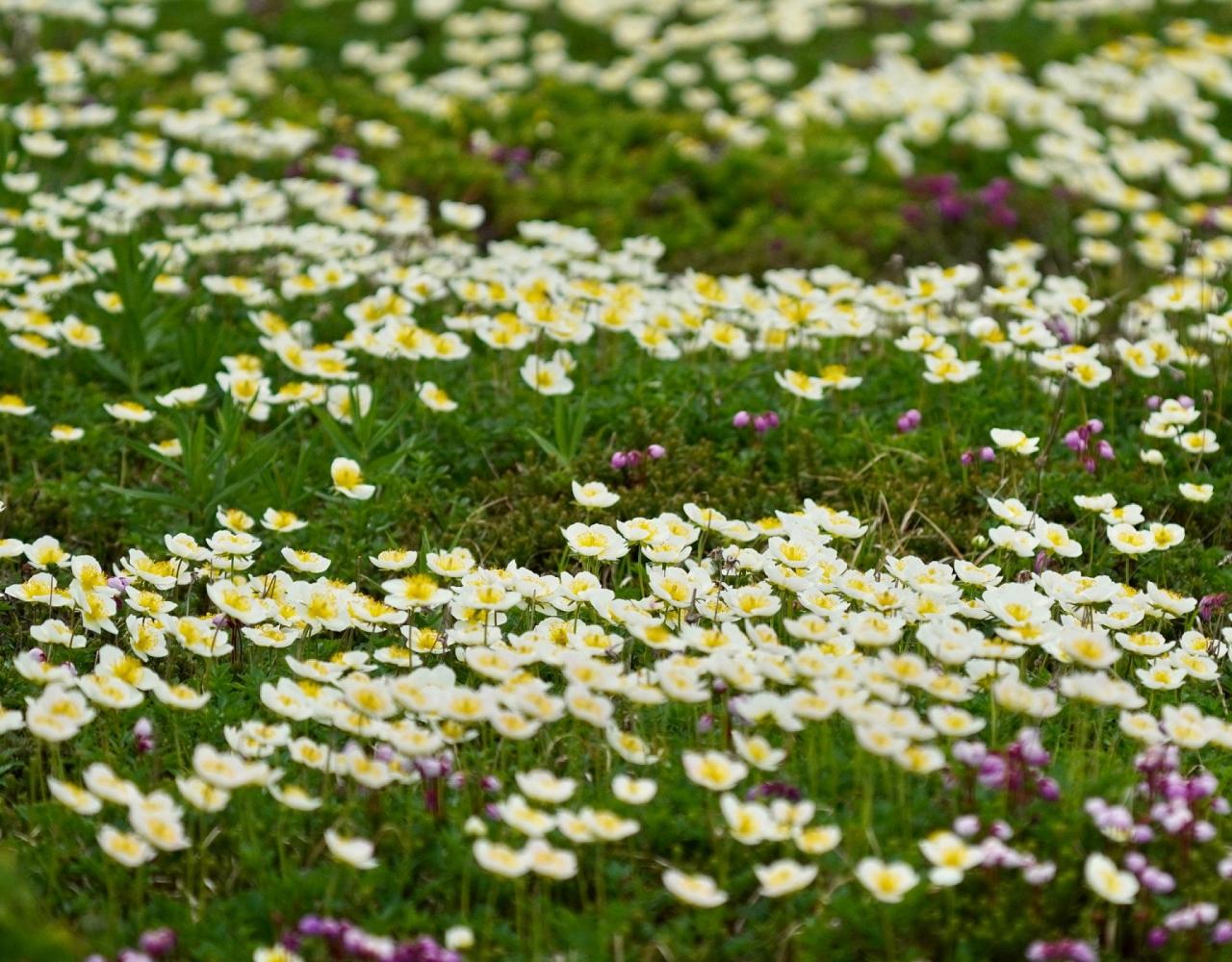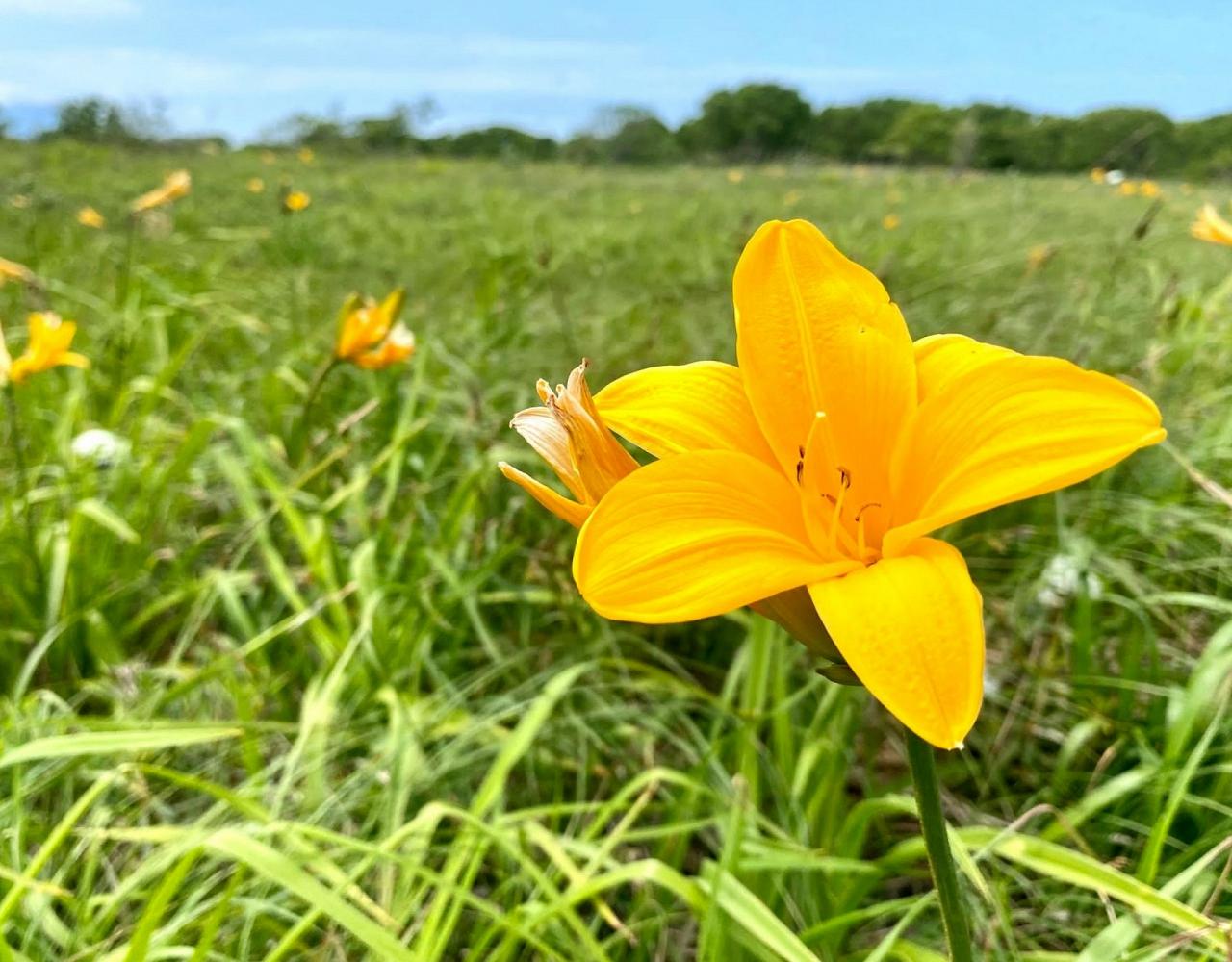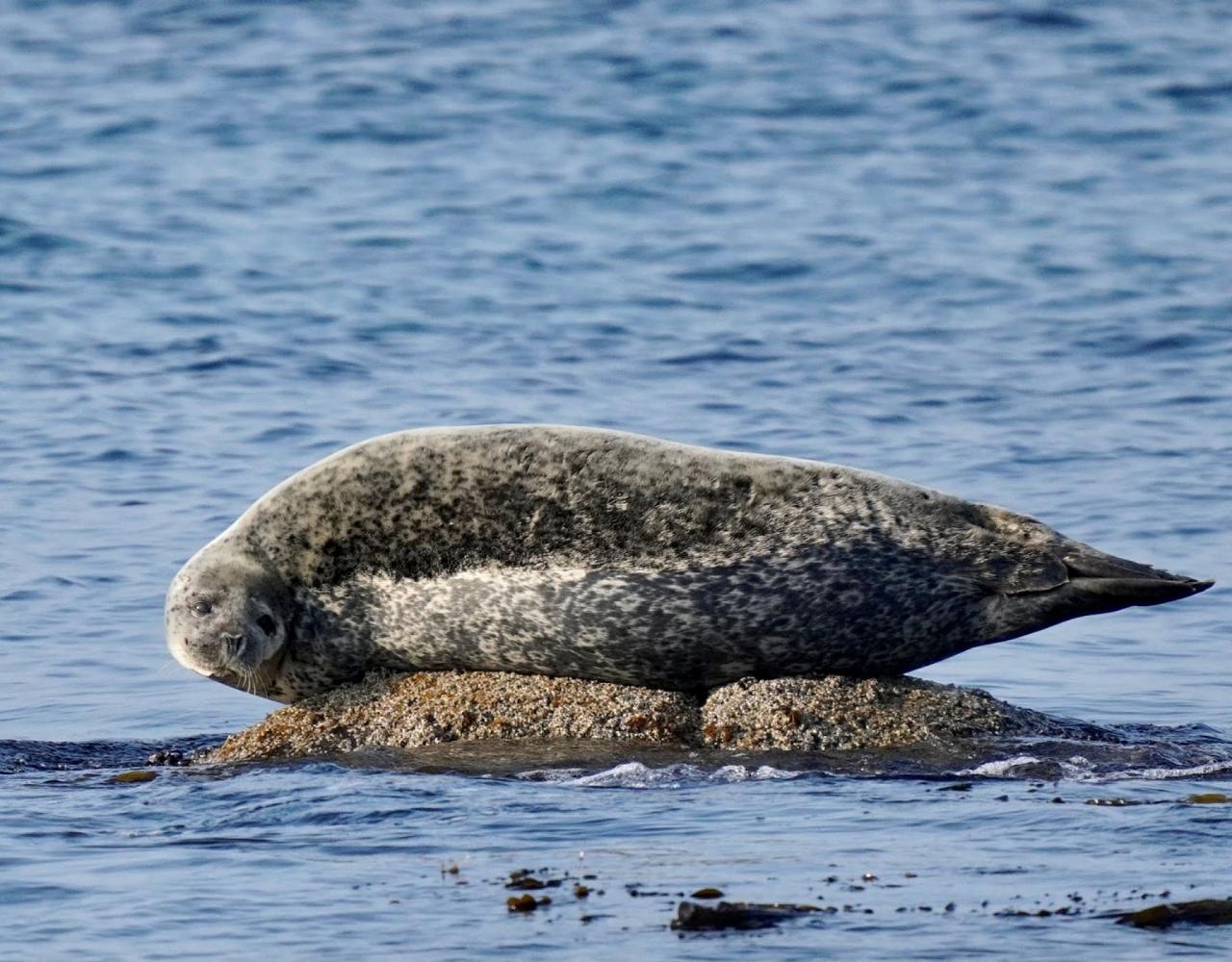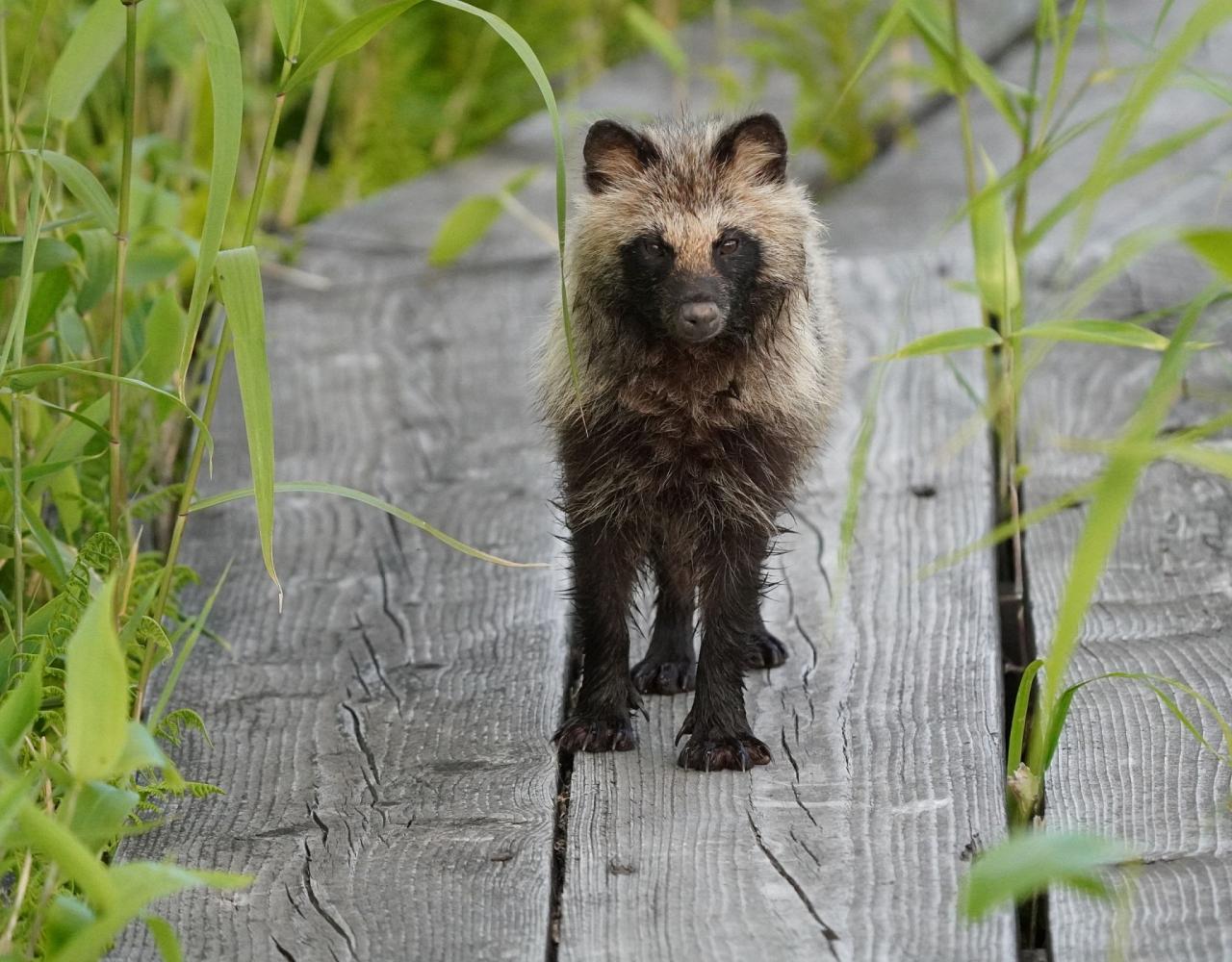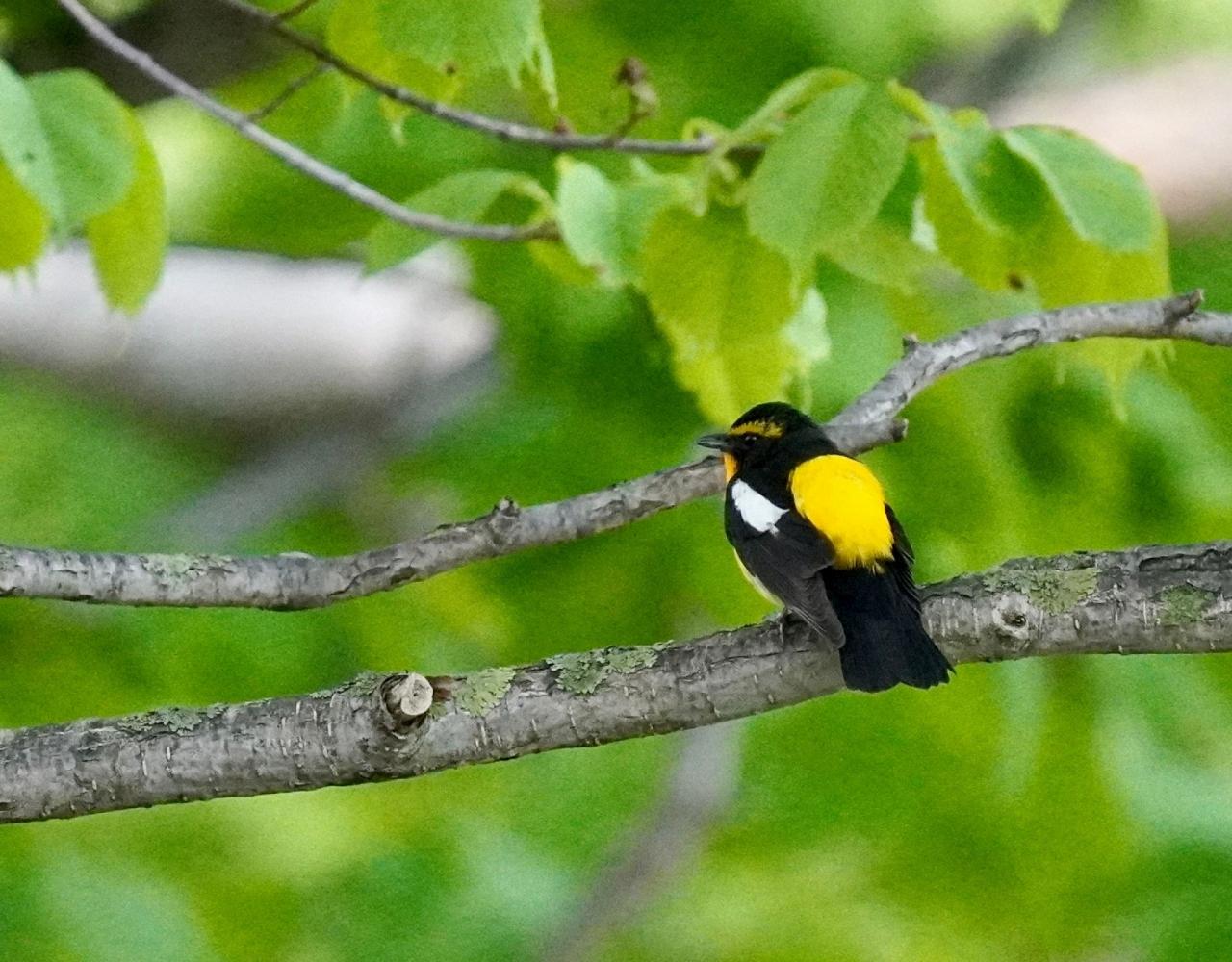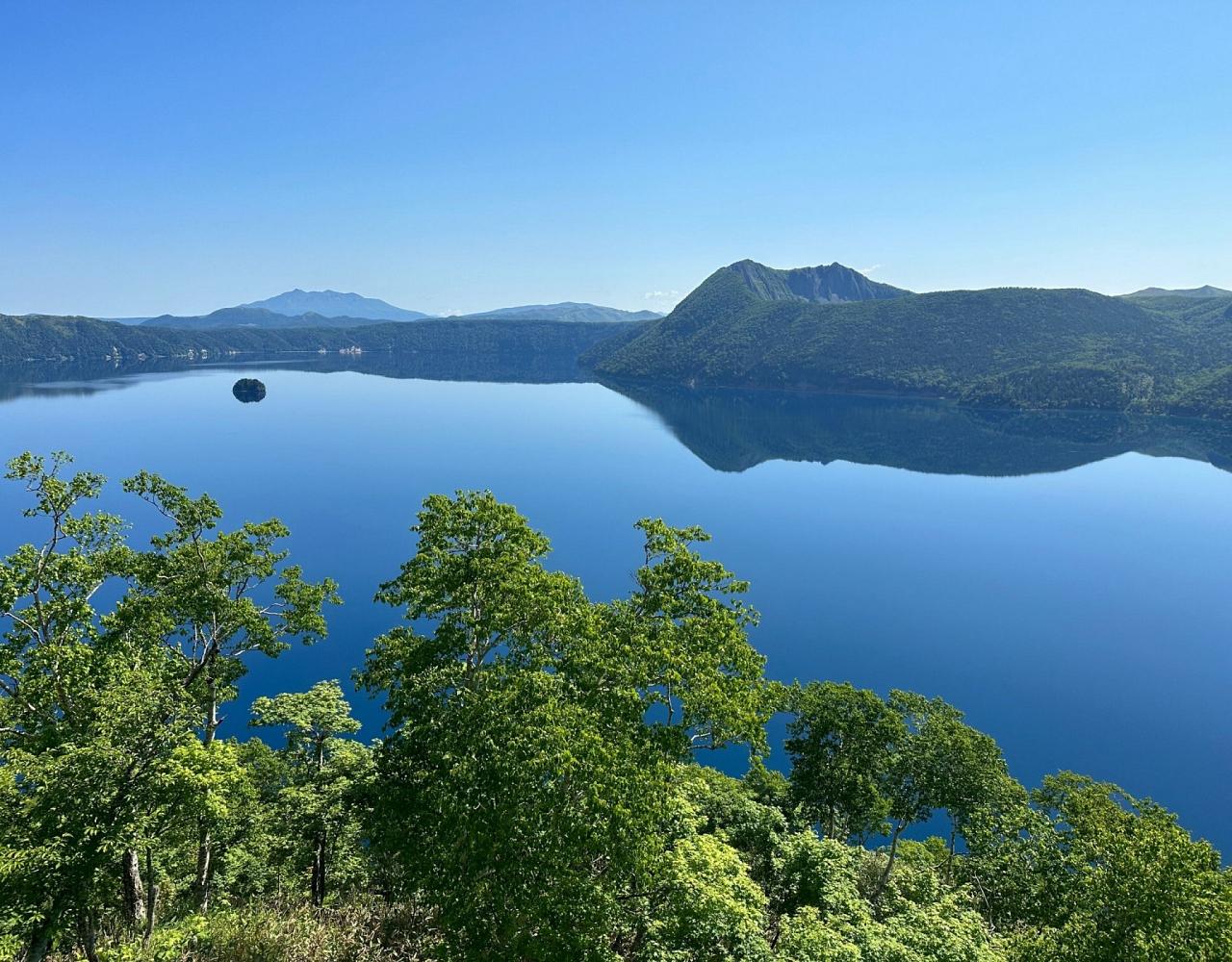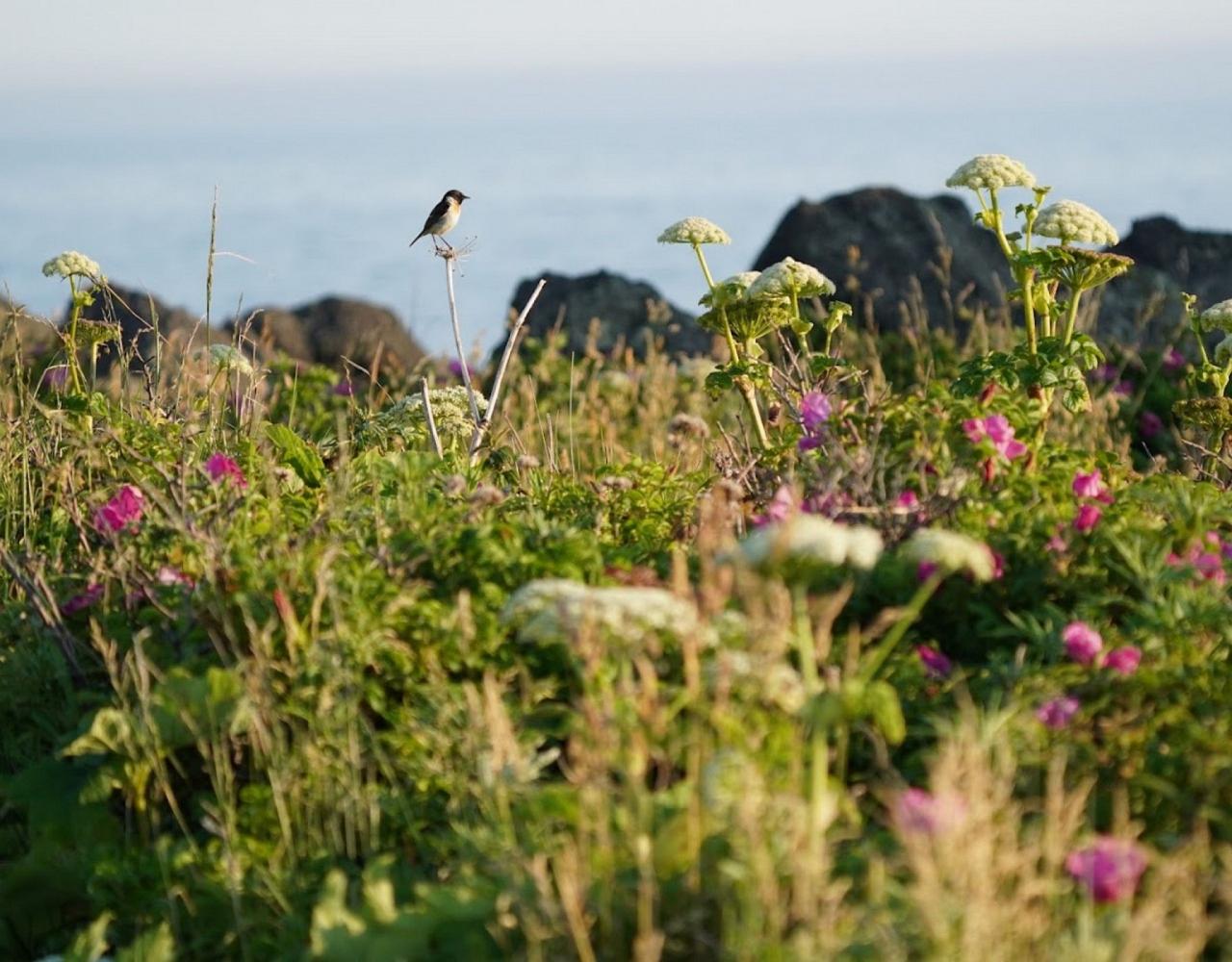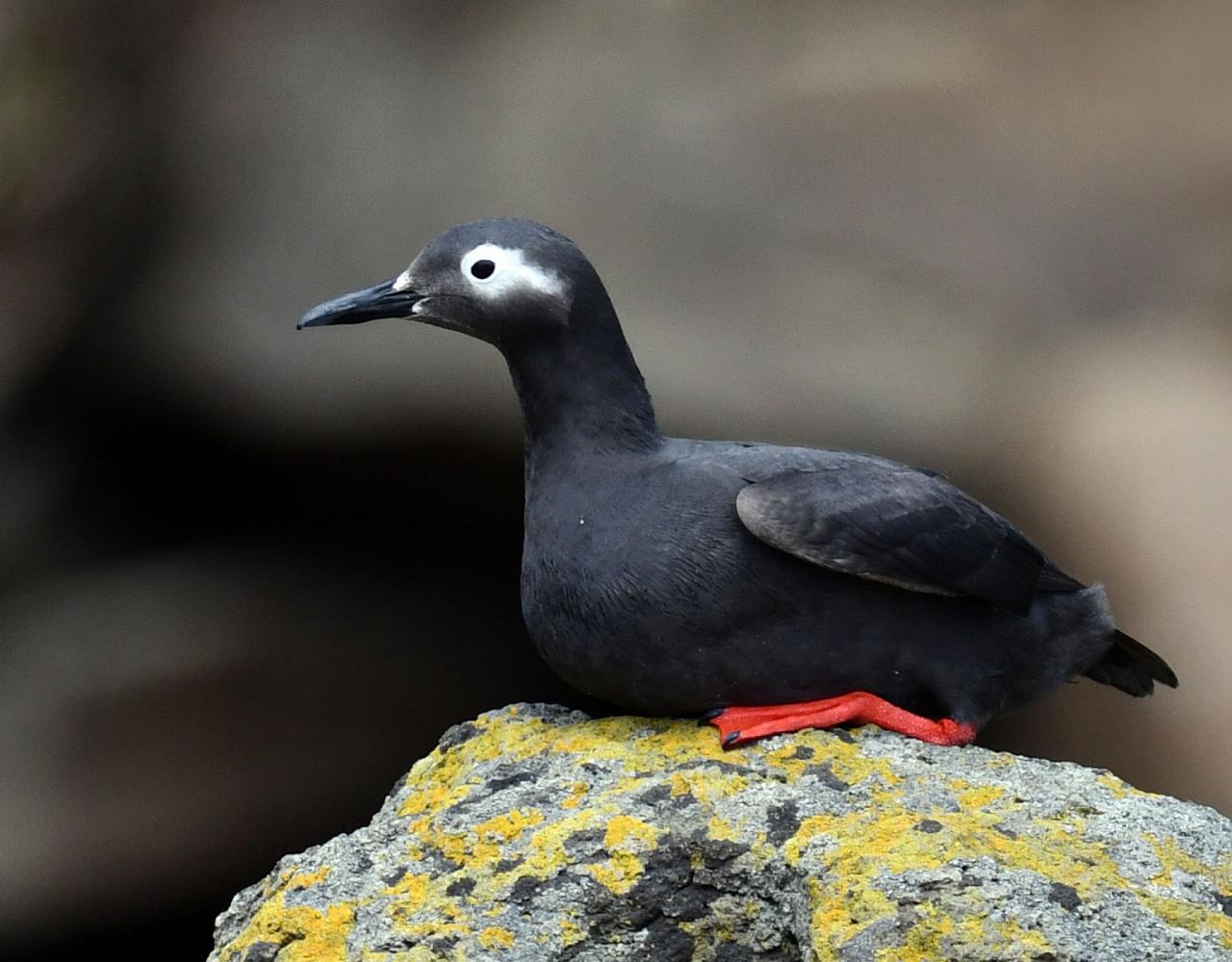Join us on this late spring journey to Japan, focusing on the island of Hokkaido in the far north and the Ryukyu Islands in the subtropical south. In the islands of Okinawa and Amami, enjoy the verdant subtropical forests where such charismatic species as Okinawa Rail, Amami Rabbit, Lidth’s Jay, and Ryukyu Robin have evolved in isolation. In the far north of the country, Hokkaido offers magnificent mountains, peat-moor wetlands, deciduous forests, and clear lakes where we may see Mandarin Duck, Blakiston’s Fish-Owl, Japanese Robin, and more.
Our journey in Japan begins on Okinawa, where we explore the northern third of the island, known locally as Yambaru. This protected area feels a world away from the bustling city of Naha to the south, featuring lush, misty forests. It is here where we look search for the flightless Okinawa Rail, Okinawa Woodpecker, Black-breasted Leaf-Turtle, and others. Our journey continues to the island of Amami, another Japan in miniature, where the hilly terrain covered in broadleaf forests, ferns, and cycads is home to such biological jewels like Amami Rabbit, Lidth’s Jay, Amami Woodcock, and Black Paradise-Flycatcher.
The second part of our journey starts off in Hokkaido, Japan’s northernmost main island, which is home to the country’s most complete array of bird and mammal species. Iconic birds of Hokkaido include Red-crowned Crane, Blakiston’s Fish-Owl, Spectacled Guillemot, White-tailed Eagle, Brown Dipper, and Black Woodpecker. The island in spring is fresh and bright, covered in wildflowers and singing birds. We enjoy cultural delights here as well, including authentic regional cuisine and hot-spring onsen accommodations.
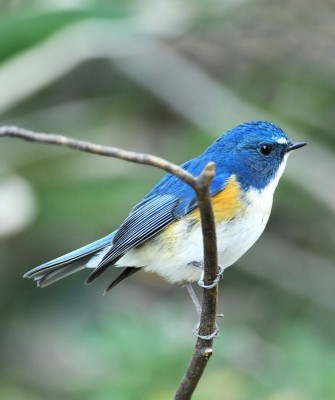
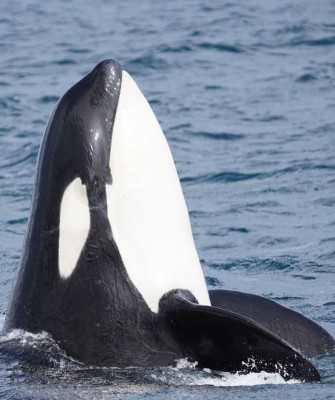
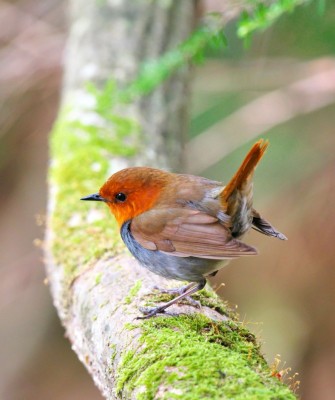
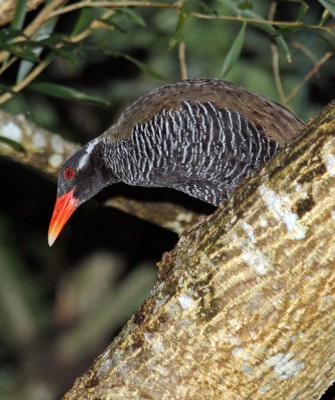
- “A good mix of nature and culture…Great that Bryan could explain the intricacies of Japanese life to us-would be difficult to negotiate without bilingual guides. Bryan made each person feel like he/she was his main focus. Really appreciated he and Koichi helping to make our son's trip special (the only one in the group below 40).” — Doris Gertler, 2023 Traveler
- “Fantastic! I can't imagine a better itinerary for winter. The landscapes were breathtaking: volcanoes, fallow fields, rolling with snow-covered forests, running Red Foxes, and
- crazy deer. Highlights: Blakiston’s Fish-Owl, ‘We can see Russia from here’ seabirds, including Red-faced Cormorant, and Sunrise with Red-crowned Cranes. Go-go-go...rigorous, but worth it.” — Katherine Regester, 2023 Traveler
- “It would be hard to say enough good things about Bryan Shirley. He knows his birds and where to find them; he takes good care of his group members; he makes sure that everyone has seen the bird; he's friendly with the group and with the locals; and his knowledge of Japanese is extensive.” — Daphne Byron, 2023 Traveler
Tour Highlights
- Visit verdant subtropical islands, long isolated from the mainland, for endemic species such as Lidth’s Jay, Okinawa Woodpecker, and Amami Thrush
- Take a go night birding into the hills of Amami in search of nocturnal Amami Woodcock, Amami Rabbit, and Ryukyu Scops-Owl
- Stay at a traditional Japanese onsen, enjoying authentic cuisine and taking a dip into traditional Japanese hot spring baths
- Enjoy a scenic boat cruise near Rausu in search of Spectacled Guillemot, Orca, and more!
- View Red-crowned Cranes in Kushiro Shitsugen National Park
- Explore the Abashiri Birdwatching Trail in search of Black Woodpecker, Asian Stubtail, Long-tailed Rosefinch, Narcissus Flycatcher, and the white-headed subspecies of Long-tailed Tit (known locally as the ‘Snow Fairy’)
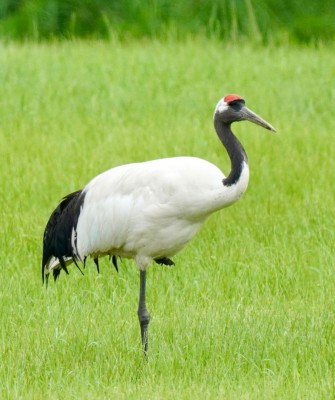
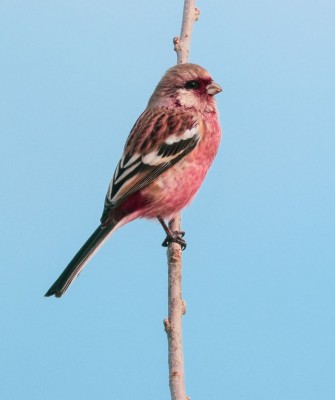
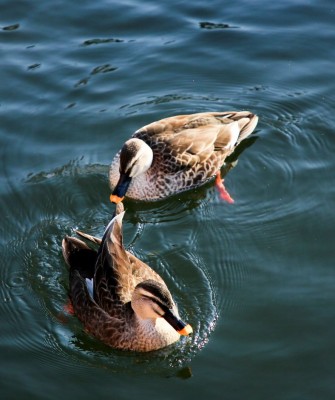
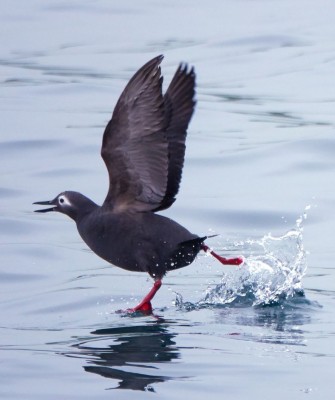
Trip Itinerary
Itineraries are guidelines; variations in itinerary may occur to account for weather, road conditions, closures, etc. and to maximize your experience.
Thurs., May 29 Arrivals
Welcome to Japan! After arriving at the airport in Naha, we stay tonight at a hotel near the airport. Our tour officially starts tonight with a welcome dinner.
Accommodations at JR Kyushu Hotel Blossom (D)
Fri., May 30 Okinawa
Okinawa is the first of two Ryukyu Islands we visit on this tour, also known at the Nansei Shoto. Scientists often describe these smaller islands as living museums, the product of millions of years of evolution through periodic connection and isolation from neighboring land areas. These islands also straddle the boundary between two major biogeographic regions—the Palearctic to the north and the Indo-Malayan to the south— which adds interest to the unique hodgepodge of animals that make them their home.
We steadily make our way north throughout the day, exploring rice paddies and small wetland parcels along the way in search of White-breasted Waterhen, Black-faced Spoonbill, Black-winged Stilt, and other waterbirds. We make a stop at a local rest stop for some of the best cream puffs Japan has to offer!
We arrive at Yambaru by afternoon for our first chance at Okinawa Rail, which may either be seen crossing the road in front of us during the day or roosting in a tree or on a wire at night. Scientists discovered and described this rail to science in 1981 due a local finding and despatching a dead specimen to the Yamashina Institute for Ornithology. Imagine their surprise when they opened that parcel, revealing a species new to science!
Other nocturnal species we may see include Northern Boobook and Ryukyu Scops-Owl.
Accommodations near Yambaru (B,L,D)
Sat., May 31 Okinawa
We spend the entire day birding in the Yambaru area of Okinawa, searching for endemics such as Okinawa Woodpecker and Okinawa Robin. We also find more widespread species in these evergreen forests, including Japanese Pygmy Woodpecker, Varied Tit, Ryukyu Minivet, Brown-eared Bulbul, Warbling White-eye, and more.
Accommodations near Yambaru (B,L,D)
Sun., June 1 Amami
After our flight from Okinawa to Amami today, we make a few stops along the way to our accommodations where we may see a small variety of waterbirds such as White-breasted Waterhen, Eastern Spot-billed Duck, Pacific Reef-Heron, Zitting Cisticola, and others.
In the evening after dinner, we make a short excursion into the neighbouring hills in search of Amami Woodcock and Amami Rabbit. The Amami Rabbit is especially interesting, as it is part of an ancient lineage that used to be widespread on the mainland.
Accommodations on Amami (B,L,D)
Mon., June 2 Amami
Here, in lush subtropical forests dotted with tree ferns and sago cycads, we search for the extraordinarily attractive Lidth’s Jay with its cobalt and chestnut plumage, the more subtly marked Amami Thrush, and other endemic and near-endemic species such as Ryukyu Green-Pigeon, Ryukyu Robin, and Sword-tailed Newt. These forests are also home to Ruddy Kingfisher, Ryukyu Flycatcher, Black Paradise-Flycatcher, and more.
Accommodations on Amami (B,L,D)
Tues., June 3 Amami to Kushiro
Today, we take a flight from the island of Amami to Kushiro on the island of Hokkaido, which takes the greater part of the day. Hokkaido is the least populated of Japan’s major islands, with large areas of forest, agricultural fields, and windswept coastlines. We overnight in a hotel near Kushiro Airport.
Accommodations in Kushiro (B,L,D)
Wed., June 4 Kushiro and Nemuro
In the morning, we visit the Kushiro Shitsugen, the largest marsh in Japan. The Kushiro River snakes its way south from Lake Kussharo through the wetland for over 200km. We explore this wetland ecosystem via the Onnenai Visitor Center, which includes a nice walk along a boardwalk into the marsh and through deciduous forest. Birds we may see in this area include the Red-crowned Crane, Reed Bunting, Long-tailed Rosefinch, Japanese Thrush, and White-bellied Green-Pigeon. Mammals include the Tanuki or Japanese Raccoon Dog.
Afterwards, we steadily make our way northeast through various wetland and coastal sites where we may see Tufted Duck, White-tailed Eagle, Japanese Cormorant, Black-tailed Gull, Slaty-backed Gull, and more.
Accommodations in Nemuro (B,L,D)
Thurs., June 5 Nemuro
Today, we continue to explore the Nemuro Peninsula, including stops at places such as the Nemuro-Shunkunitai Wild Bird Sanctuary. A boardwalk winds through this productive wetland site on the edge of Lake Furen, allowing us fantastic views of a wide range of species from Eurasian Oystercatcher and Amur Stonechat to Siberian Rubythroat and Eurasian Wryneck. We also get to board the Nemuro-Ochiishi Nature Cruise, where we may see a variety of alcids such as Spectacled Guillemot, Tufted Puffin, Rhinoceros Auklet, and Ancient Murrelet. Other pelagic species include Laysan Albatross, Short-tailed Shearwater, and Red-faced Cormorant.
Accommodations in Nemuro (B,L,D)
Fri., June 6 Notsuke Peninsula & Yoroushi Onsen
Today, we drive out to the coast and visit Notsuke Peninsula, a 28-km long sand spit sticking out into the Nemuro Strait. The disputed island of Kunashiri on the east of the strait and the Shiretoko Mountains to the north, the scenery is quite stunning. We have more chances for many of the species possible at the Nemuro Peninsula, including Stejneger’s Scoter, Japanese Cormorant, White-tailed Eagle, and more. There should be lots of wildflowers in bloom and the ocean and marshes always have birds to keep us excited.
Eventually we make our way to our hotel for the night, and it is one of the most exciting places we stay during the trip. It is a traditional “onsen” or hot spring hotel and we make sure that we arrive in time for those who want to soak in the pools. There is also a bird feeder that gives us point blank photo ops of the more common birds of the area, but the real excitement here starts at dark … there is a pair of Blakiston’s Fish Owls that fish along the river and in the hotel’s fishpond every night!
Accommodations at Yoroushi Onsen (B,L,D)
Sat., June 7 Rausu Area & Yoroushi Onsen
Hopefully the owl didn’t make us wait up too late last night, but today we plan on a very leisurely morning. There is more time to enjoy the hot springs or watch the bird feeders, plus the breakfast here is fabulous! Brown Dipper often visits the stream running by the dining area.
Afterwards, we descend down to a fishing village called Rausu where we take off on another boat cruise. This side of the peninsula tends to have more Orca present, and Sperm Whale are common. We should see a few new sea birds as well. Streaked Shearwater are common and although Short-tailed Albatross only breed in southern Japan, non-breeding sub-adults are frequently seen here in the summer.
This evening we enjoy another fabulous meal at Yoroushi and another chance for the Fish-Owl as well.
Accommodations at Yoroushi Onsen (B,L,D)
Sun., June 8 Abashiri
Today, we steadily make our way to the town of Abashiri with a few stops along the way. One of these may be Kaminoko Pond, a crystal clear blue pond in the middle of the forest with a short trail. Here, we may see nesting Brown Dipper, White-backed Woodpecker, Japanese Robin, and Narcissus Flycatcher. Continuing onwards, we arrive at Abashiri where we may do a short seawatch from Cape Notoro where Black-legged Kittiwake, Harlequin Duck, and Japanese Cormorant may be fishing just offshore. Another option is the Abashiri-Yobito Birdwatching Trail, where a boardwalk provides access to swampy forest with Black Woodpecker, Marsh Tit, Asian Stubtail, Long-tailed Rosefinch, and many more forest species.
Accommodations in Abashiri (B,L,D)
Mon., June 9 Daisetsusan | Asahidake
Our journey continues, veering to the southwest as we journey towards the mountainous heart of the island of Hokkaido. Stops along the way may give us chances to see Lesser Spotted, Gray-headed, Black, or Great Spotted Woodpeckers. Other birds we hope to see include Brown-headed Thrush and Narcissus Flycatcher.
Our accommodations are in a small village that serves as a base for exploring Daisetsuzan National Park — our destination for tomorrow. For those that wish, enjoy an opportunity for a relaxing soak as part of our stay at the onsen.
Accommodations in Asahidake (B,L,D)
Tues., June 10 Asahidake
Boasting over 2000 square km and 16 peaks over 2000 meters, Daisetuzan National Park offers some of the most rugged scenery in all of Japan. We start the day with a gondola ride up Asahidake, the highest mountain in Hokkaido. The Ainu name for Asahidake translates to “playground of the gods” and the scenery is definitely inspiring.
The 10-minute gondola ride takes us to 1600 meters elevation (appx 5250 feet) where there are a number of trails to explore the area. Snow often lingers into late summer, but by June most of the snow has melted and the area is covered with alpine flowers. Pika enjoy the warm temperatures and fresh food, and this is one of the best places in Hokkaido for finding high elevation bird species like Pine Grosbeak, Japanese Accentor, and Red-flanked Bluetail. We do a short, relatively easy hike to a small lake to look for birds and enjoy the alpine scenery. From there, if the weather is nice, those interested in a bit more strenuous hike can continue up to the summit of Asahidake while others may opt for a more leisurely walk back to the gondola or a return to have a soak or siesta at the hotel.
Accommodations in Asahidake (B,L,D)
Wed., June 11 Tomita Farm Flowers | Lake Utoro
Today is a relatively easy day, as we continue our journey towards the city of Sapporo, the largest city in Hokkaido. We visit the Tomita Farm to enjoy and photograph their incredible spring flower displays, where we may take pictures in front of rolling, colorful hills of lavender, poppies, and other fragrant flowers. Here is a chance to learn about the harvesting of lavender (they grow five varieties) and extracting of oil used in a variety of products. They even sell lavender-flavored ice cream on the premises!
Today, we also visit a couple smaller wetland and lake sites near Sapporo for further chances at any species we may have missed or revisiting species we may have already seen, perhaps the dapper Mandarin Duck or equally beautiful Falcated Duck.
Accommodations near Chitose Airport (B,L,D)
Thurs., June 12 Departures
Depending on flight times we may have time to enjoy one last morning walk before we head to the New Chitose Airport for our flight back to Tokyo and onwards to home or wherever your journey takes you. (B)
Cost of the Journey
The cost of the tour is based on the number of participants.
6 participants: $9290 DBL
7 participants: $8890 DBL
8 participants: $8590 DBL
9 participants: $8390 DBL
10 participants: $8190 DBL
Single Supplement: $975
Internal flights are included in this cost.
Cost of the Tour Includes: Accommodations for 14 nights, meals as specified in the itinerary (B=breakfast, L=lunch, D=dinner), park entrance and other activity fees for activities as described in the itinerary, professional guide services, pre-departure materials and miscellaneous program expenses.
Cost does not Include: Round-trip airfare to Naha and from Chitose, Japan. It does not include items of a personal nature such as laundry, telephone, drinks from the bar; or gratuities for luggage handling or personal services.
Travel Details
Please plan to make air travel plans only after the minimum group size has been met. We will send you a confirmation email as soon as the trip has been confirmed.
Arrival Airport: Naha International Airport (OKA)
Arrival Details: Please plan flights to arrive May 29, 2025, no later than 6:00 PM in order to join the group for dinner
Departure Airport: New Chitose Airport (CTS) in Chitose
Departure Details: Please plan flights to depart June 12, 2025, at your leisure
Travel Tips: If you arrive early to rest up from your travels, we can book an early night for you at our first-night tour hotel, the JR Kyushu Hotel Blossom.
Browse below for trip reports and species lists from past versions of this and other tours from this destination.
Japan
- January 2023
- December 2023
- January 2024
- June 2024 (Hokkaido)
-
Carlos Sanchez

Beloved by clients and fellow birders alike, guide Carlos Sanchez brings extensive experience leading tours across Central and South America—as well as Spain and Thailand—for Naturalist Journeys. Before joining our team, he served as a resident guide in both Brazil and Ecuador. A Miami native now based in Northern Virginia, Carlos is deeply involved in the birding community. He leads the notable Homestead, FL, Christmas Bird Count, actively participates in the Tropical Audubon Society, and contributes to the popular blog 10,000 Birds.
Other trips with Carlos Sanchez
-
 Spain: Birding & Nature CLOSED - See our fall departure!April 18 - May 1, 2025
Spain: Birding & Nature CLOSED - See our fall departure!April 18 - May 1, 2025 -
 Southeast Arizona FULL - Check out Monsoon Madness in August!May 6 - 15, 2025
Southeast Arizona FULL - Check out Monsoon Madness in August!May 6 - 15, 2025 -
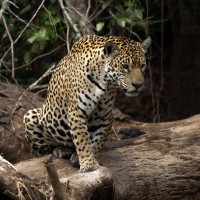 Brazil’s Pantanal: Jaguars! And More… Only two spaces left!July 3 - 13, 2025, w/Amazônia extension
Brazil’s Pantanal: Jaguars! And More… Only two spaces left!July 3 - 13, 2025, w/Amazônia extension -
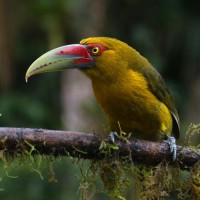 Jewels of Brazil's Atlantic Forest Only one space left!September 19 - 30, 2025
Jewels of Brazil's Atlantic Forest Only one space left!September 19 - 30, 2025 -
 Scottish Highlands & Isle of SkyeOctober 4 - 16, 2025
Scottish Highlands & Isle of SkyeOctober 4 - 16, 2025
-
-
Bryan Shirley
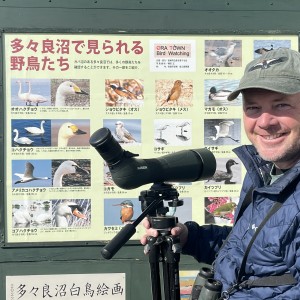
Bryan Shirley graduated from the University of Kentucky with a degree in Japanese/International Economics. He lived in Japan for 3 years when he was 20 and fell in love with the language and culture and has been guiding and birding there ever since. Besides guiding in Japan, he regularly leads tours for Japanese birding groups around the US and other countries. When not guiding he has been involved with various DWR and USFWS projects such as relocating Sage Grouse, breeding bird surveys, and bird-related projects for private environmental consulting firms. He also has volunteered his time to serve as president of Utah County Birders and organizes the annual Audubon Christmas Bird Counts for Provo and Payson, Utah where he currently resides. He currently is a member of the Utah Bird Records Committee.
Other trips with Bryan Shirley
-
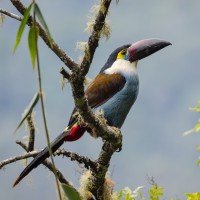 Birding from Bogota Only two spaces left!July 28 - August 3, 2025, w/Chingaza National Park extension
Birding from Bogota Only two spaces left!July 28 - August 3, 2025, w/Chingaza National Park extension -
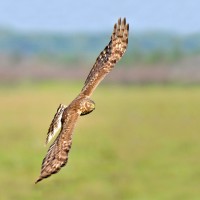 Nevada's Great BasinAugust 27 - September 3, 2025
Nevada's Great BasinAugust 27 - September 3, 2025 -
 South Africa: Birding & Wildlife Safari Only two spaces left!September 16 - 30, 2025
South Africa: Birding & Wildlife Safari Only two spaces left!September 16 - 30, 2025 -
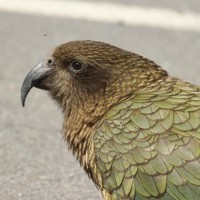 Birds & Nature of New ZealandOctober 8 - 24, 2025
Birds & Nature of New ZealandOctober 8 - 24, 2025 -
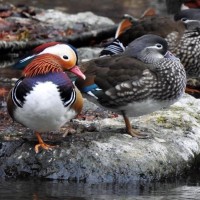 Japan Birding & Nature December 1 - 17, 2025
Japan Birding & Nature December 1 - 17, 2025 -
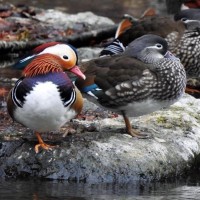 Japan Birding & Nature A private tour for friends of Andrew Mackie.January 7 - 23, 2026
Japan Birding & Nature A private tour for friends of Andrew Mackie.January 7 - 23, 2026 -
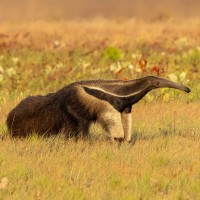 Guyana: Unspoiled WildernessFebruary 12 - 24, 2026
Guyana: Unspoiled WildernessFebruary 12 - 24, 2026 -
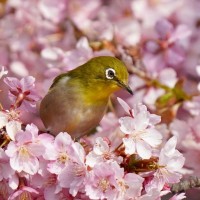 Spring in Japan: The Southern Islands FULL - See our December 2025 Japan departure!April 1 - 14, 2026
Spring in Japan: The Southern Islands FULL - See our December 2025 Japan departure!April 1 - 14, 2026 -
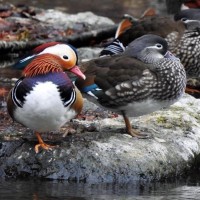 Japan Birding & Nature January 7 - 23, 2027
Japan Birding & Nature January 7 - 23, 2027
-
Essential Information +
Pace & Protocols +
Packing List +
Suggested Reading List +
Useful Links +
Photo credits: BANNERS: Hokkaido Summer Flower Fields (NJ Stock), Blue-and-white Flycatcher (NJ Stock), Red-crowned Cranes (NJ Stock), Smew (NJ Stock), Lavender Field (NJ Stock), Japanese Pygmy Woodpecker (NJ Stock), Black Paradise-Flycatcher (NJ Stock), THUMBNAILS: Red-flanked Bluetail (NJ Stock), Red-crowned Crane (NJ Stock), Japanese Robin (NJ Stock), Okinawa Rail (NJ Stock), Eastern Spot-billed Duck (NJ Stock), Long-tailed Rosefinch (NJ Stock), Spectacled Guillemot (NJ Stock), Reed Bunting (NJ Stock)







